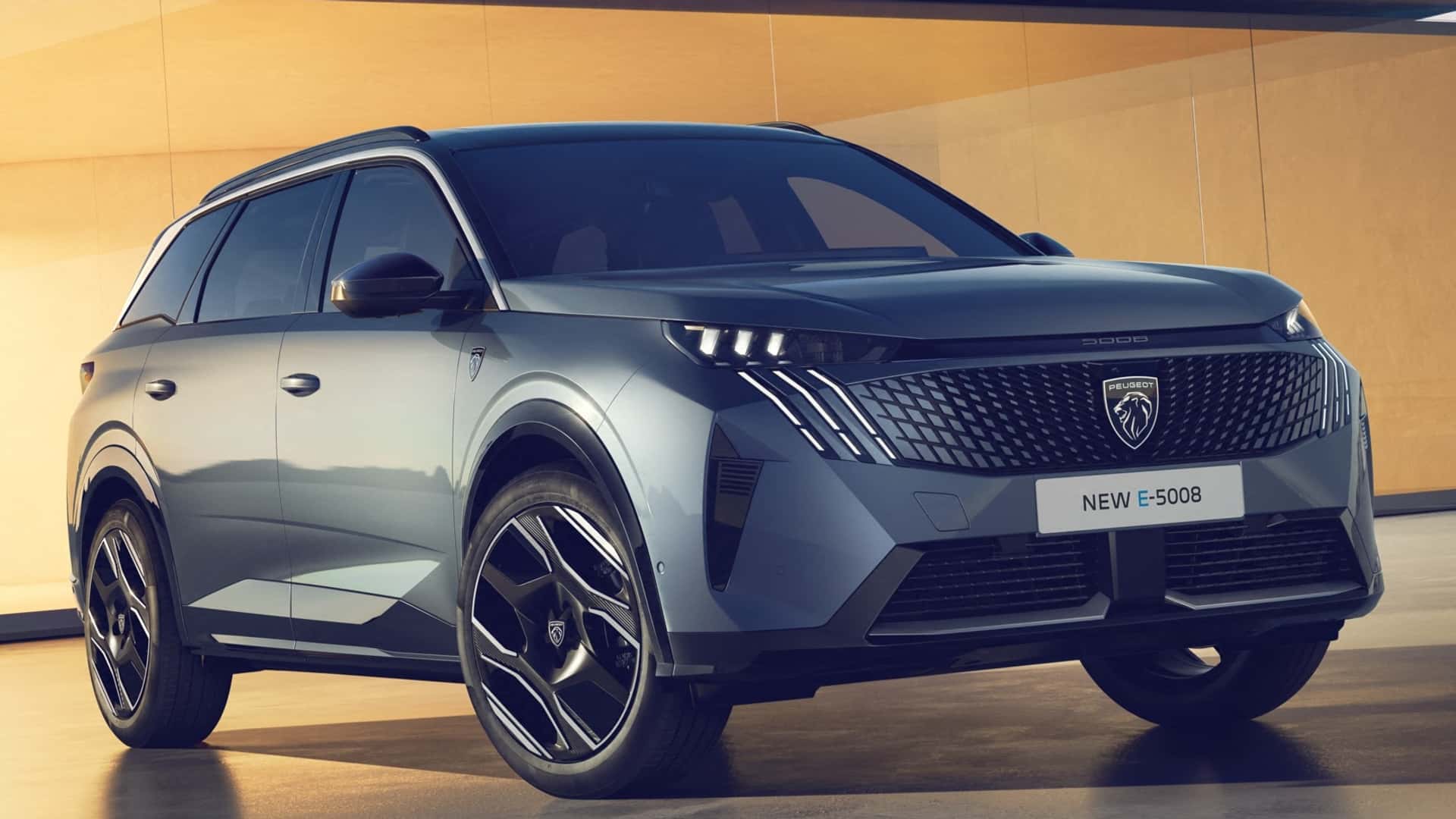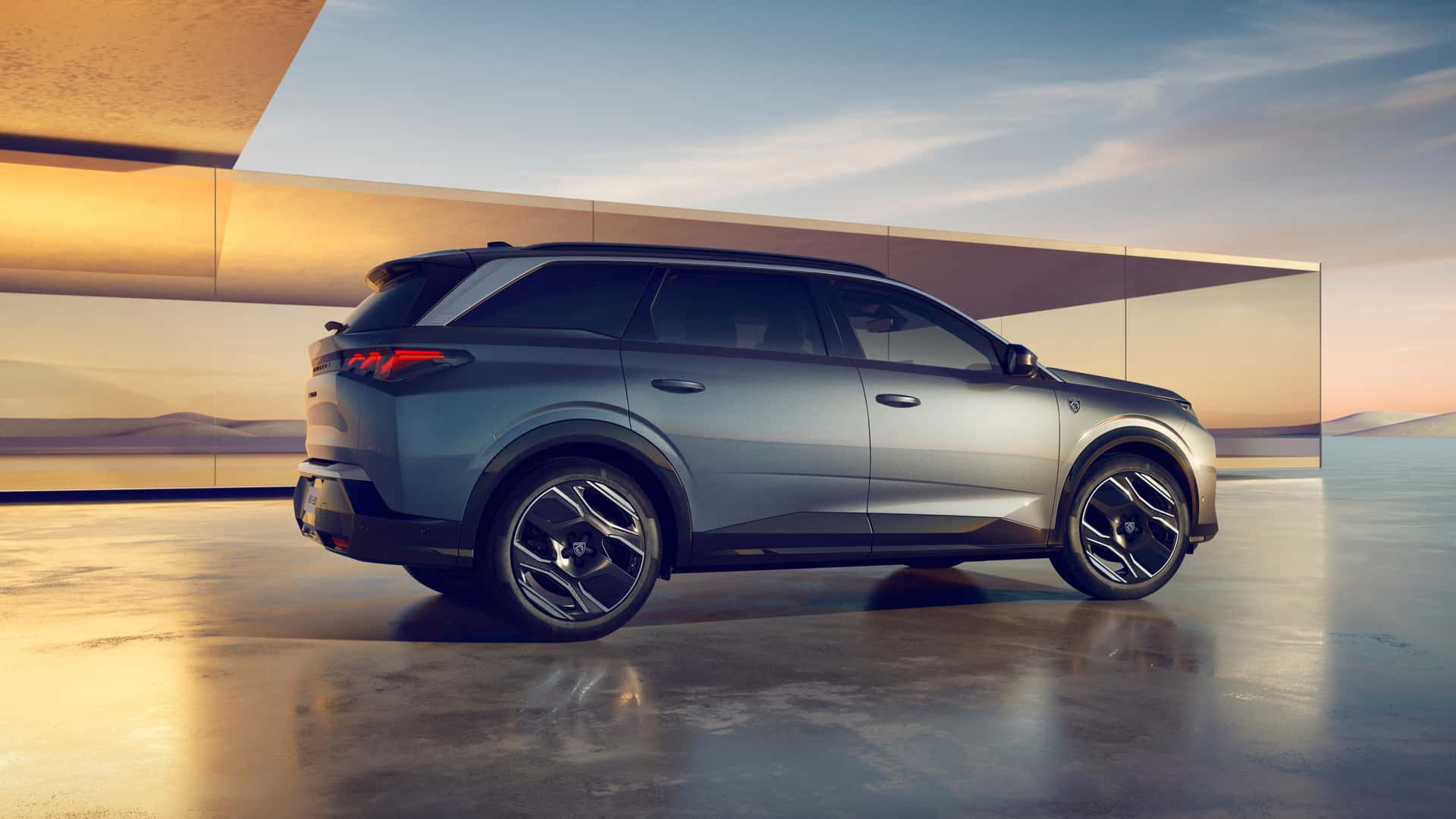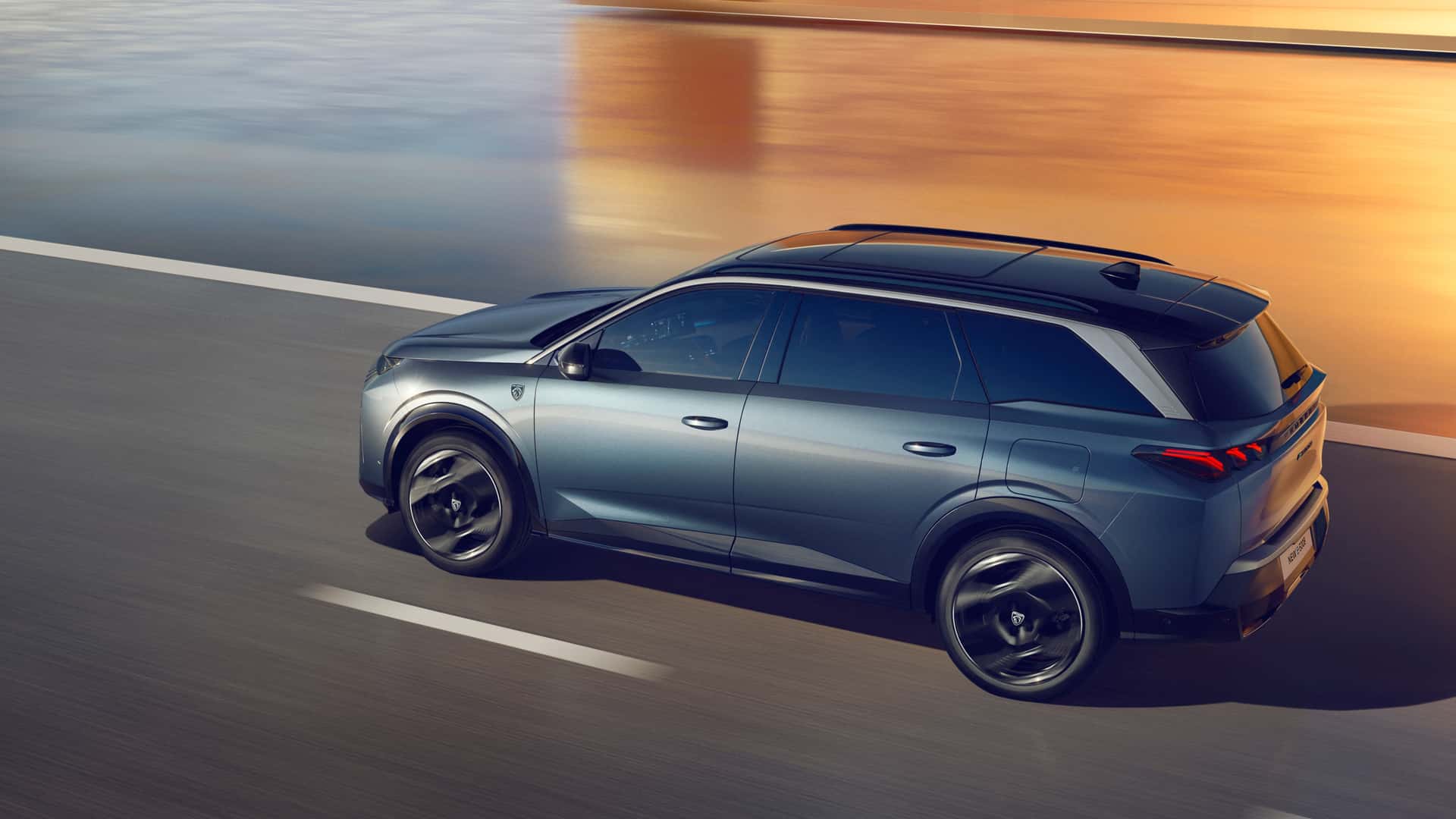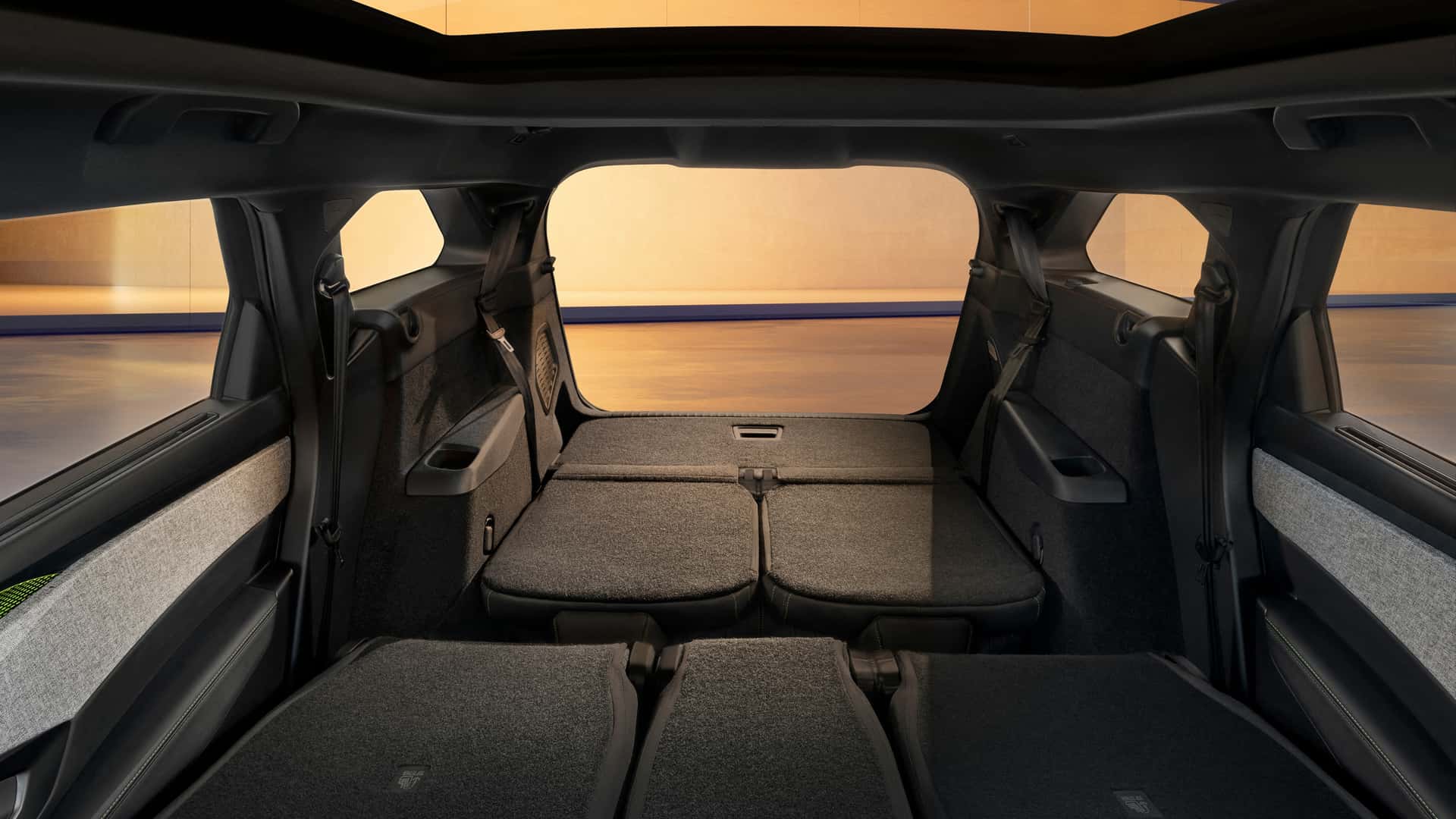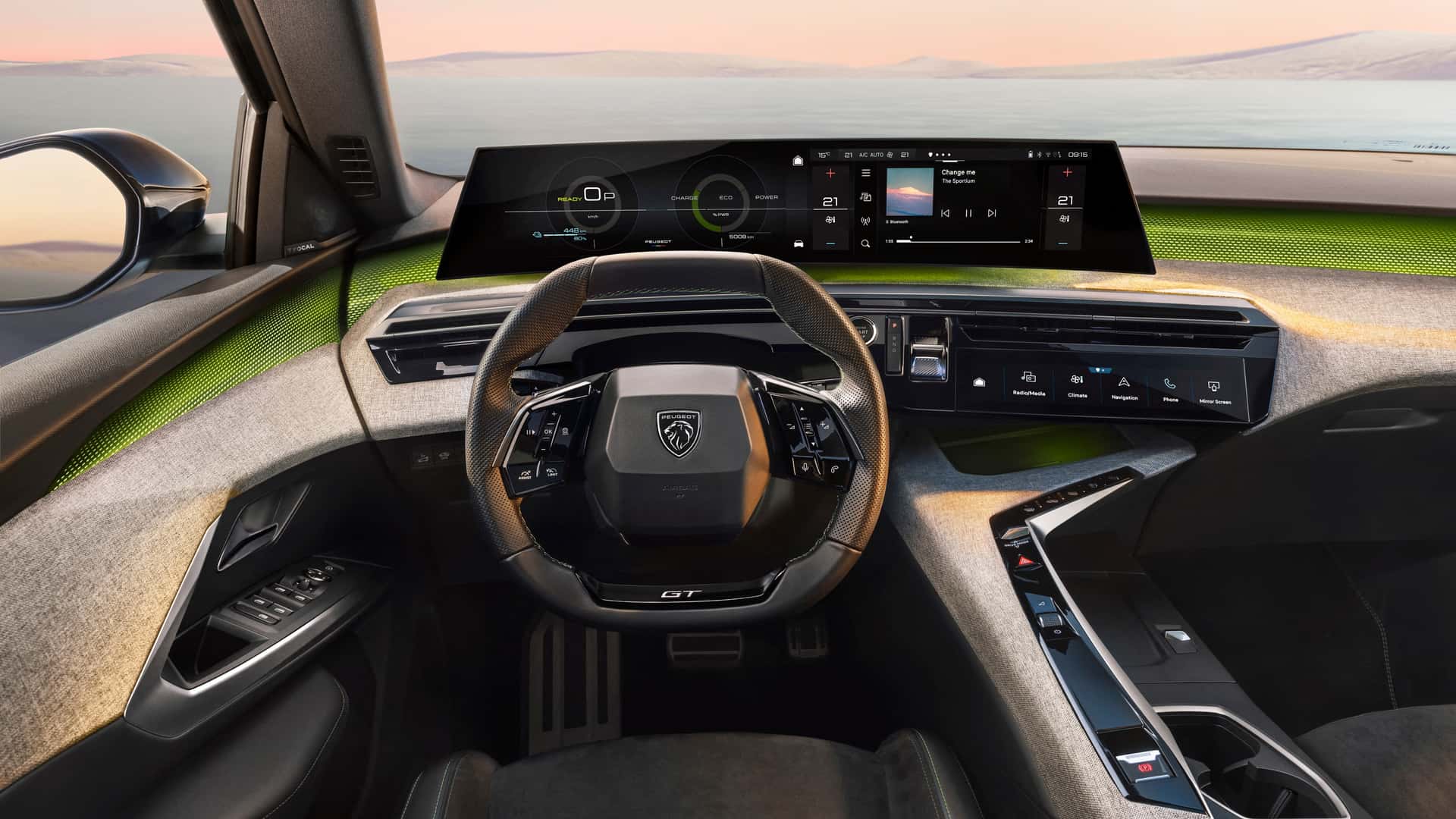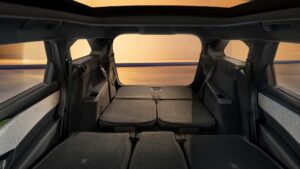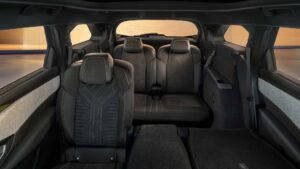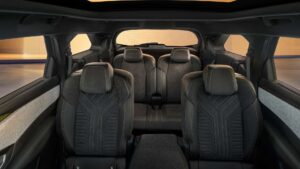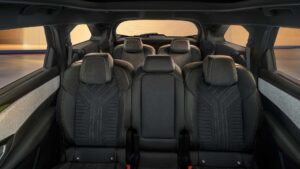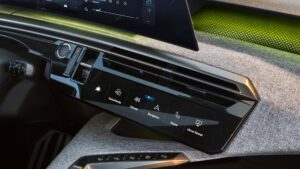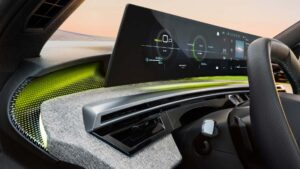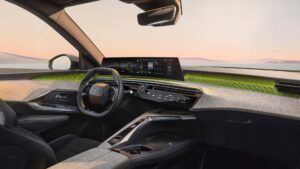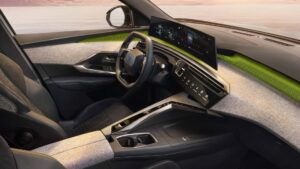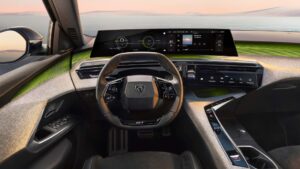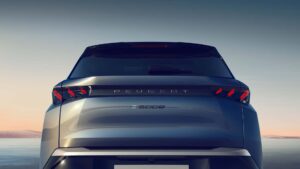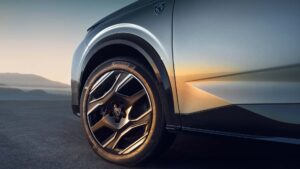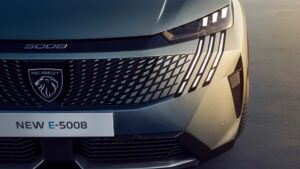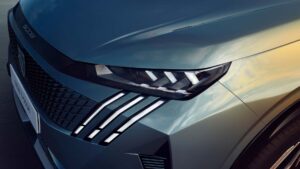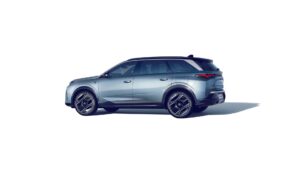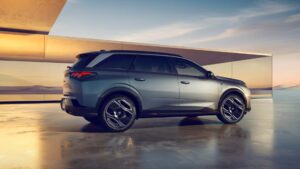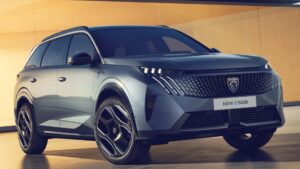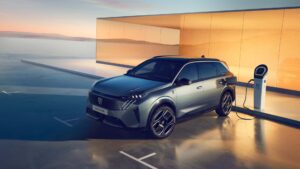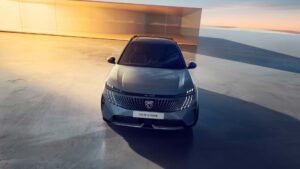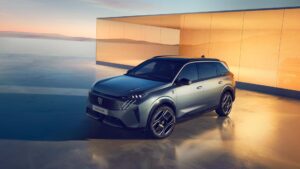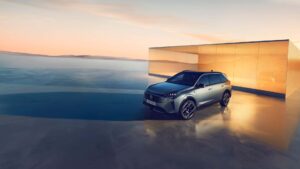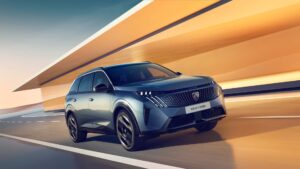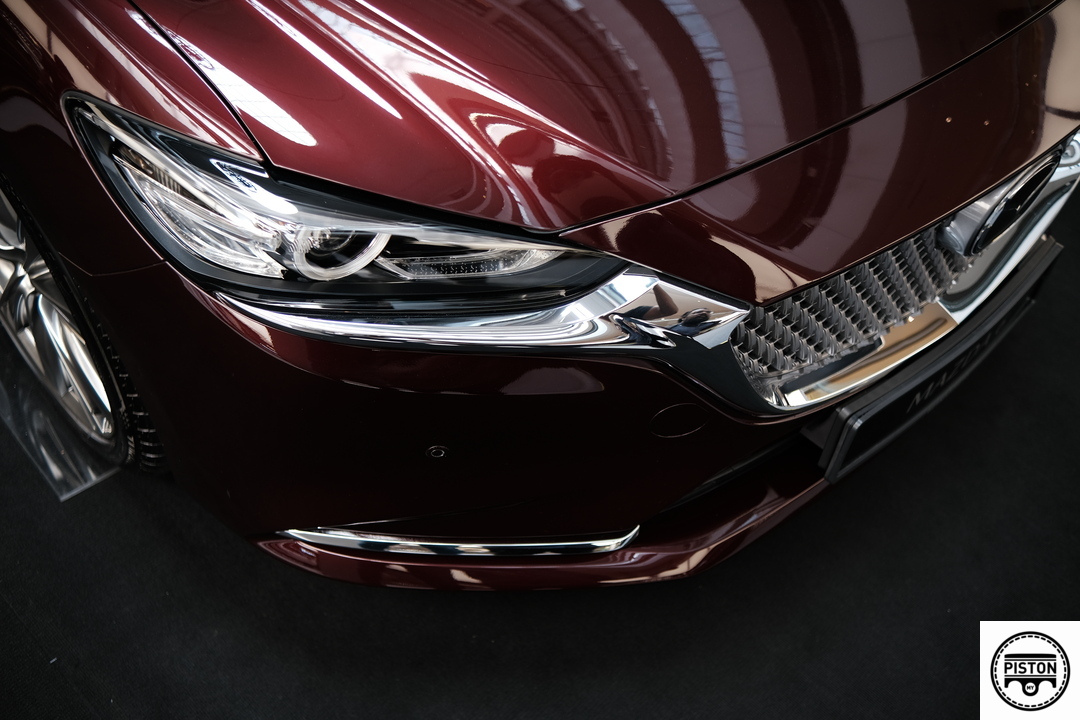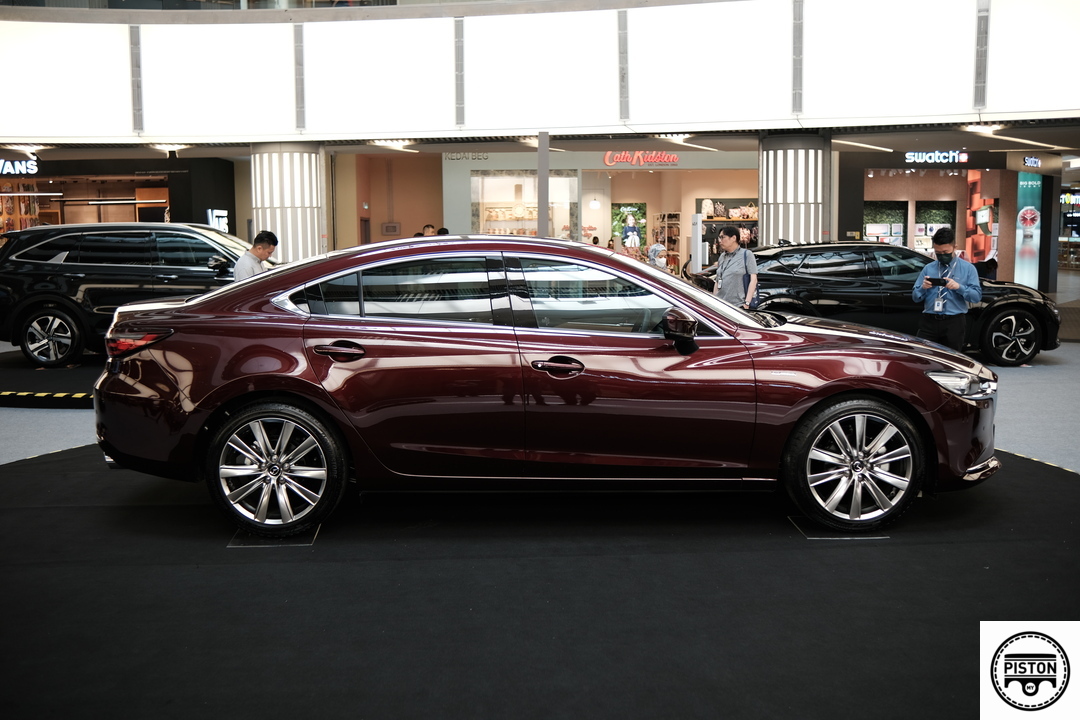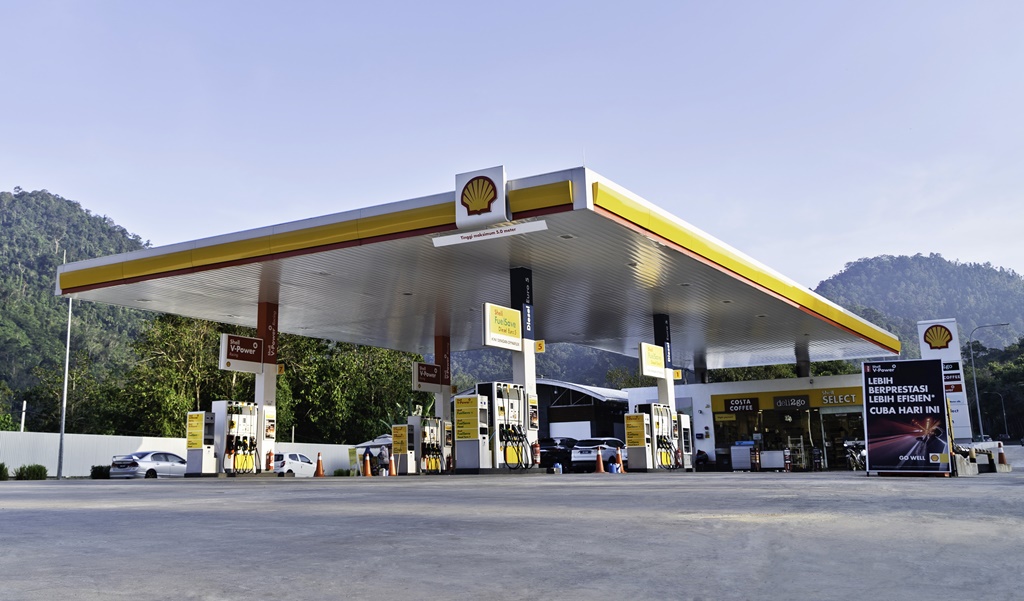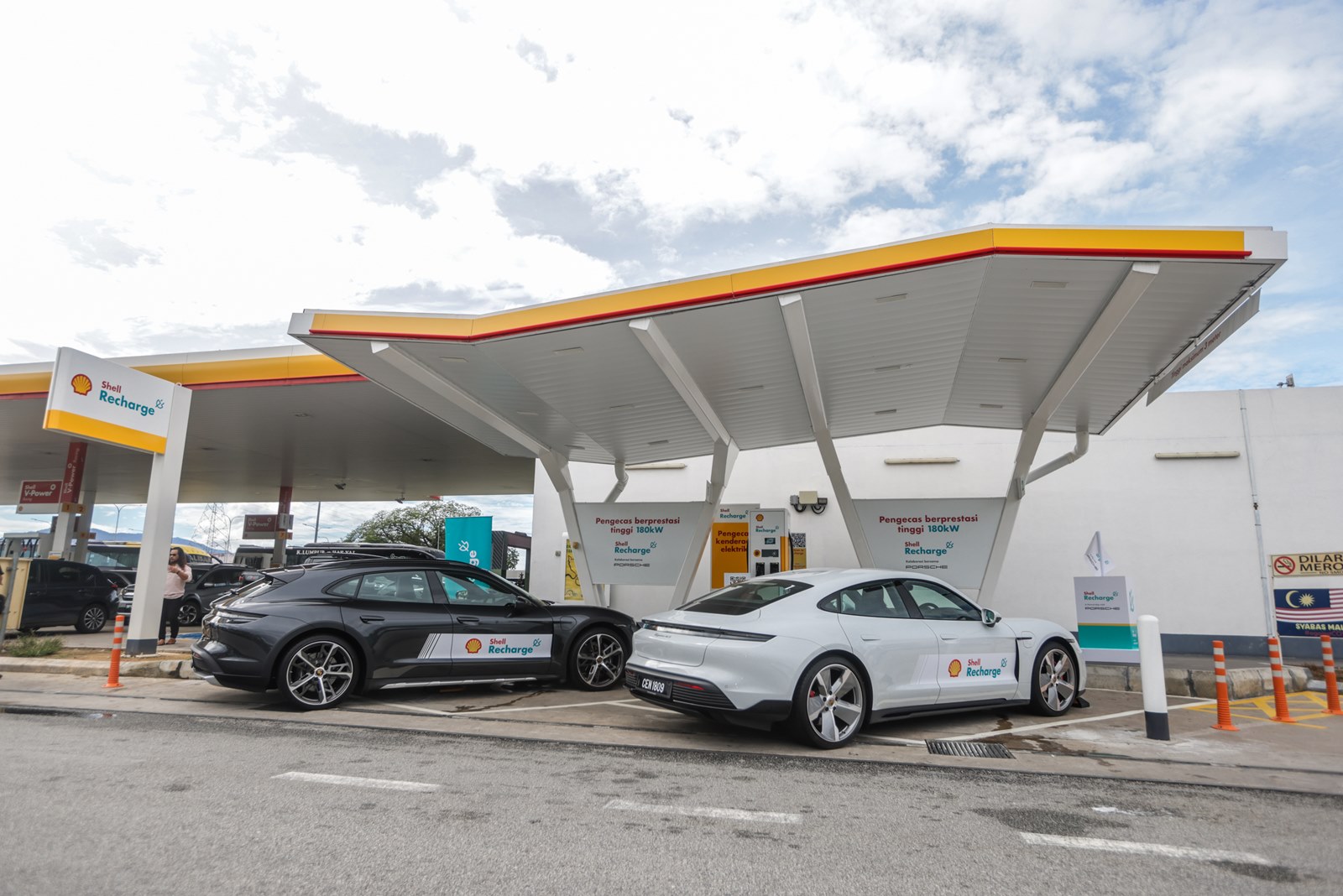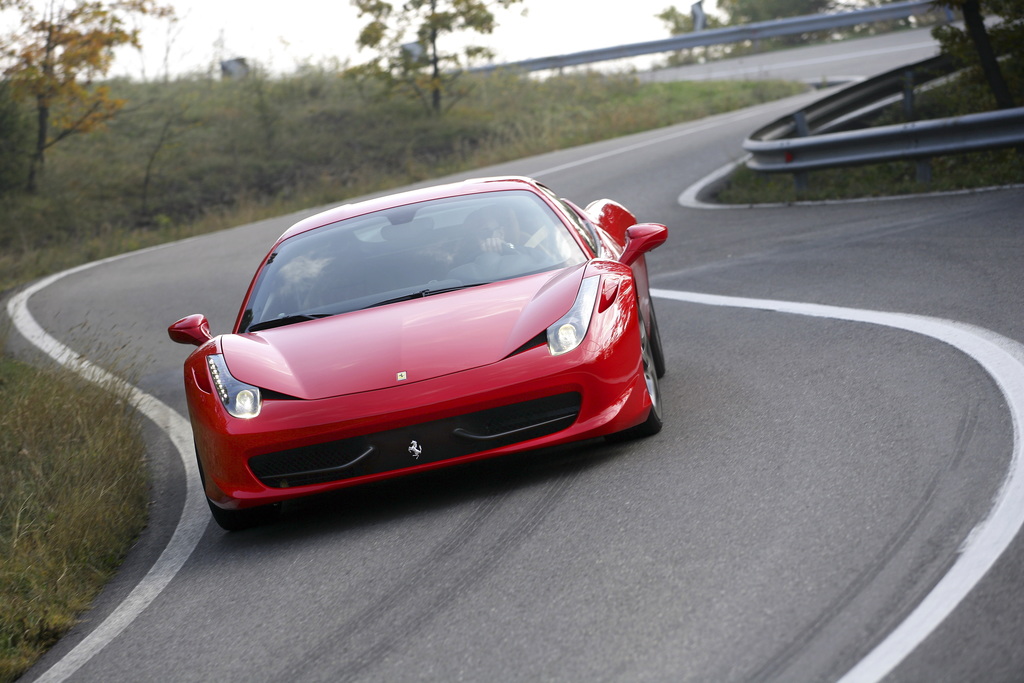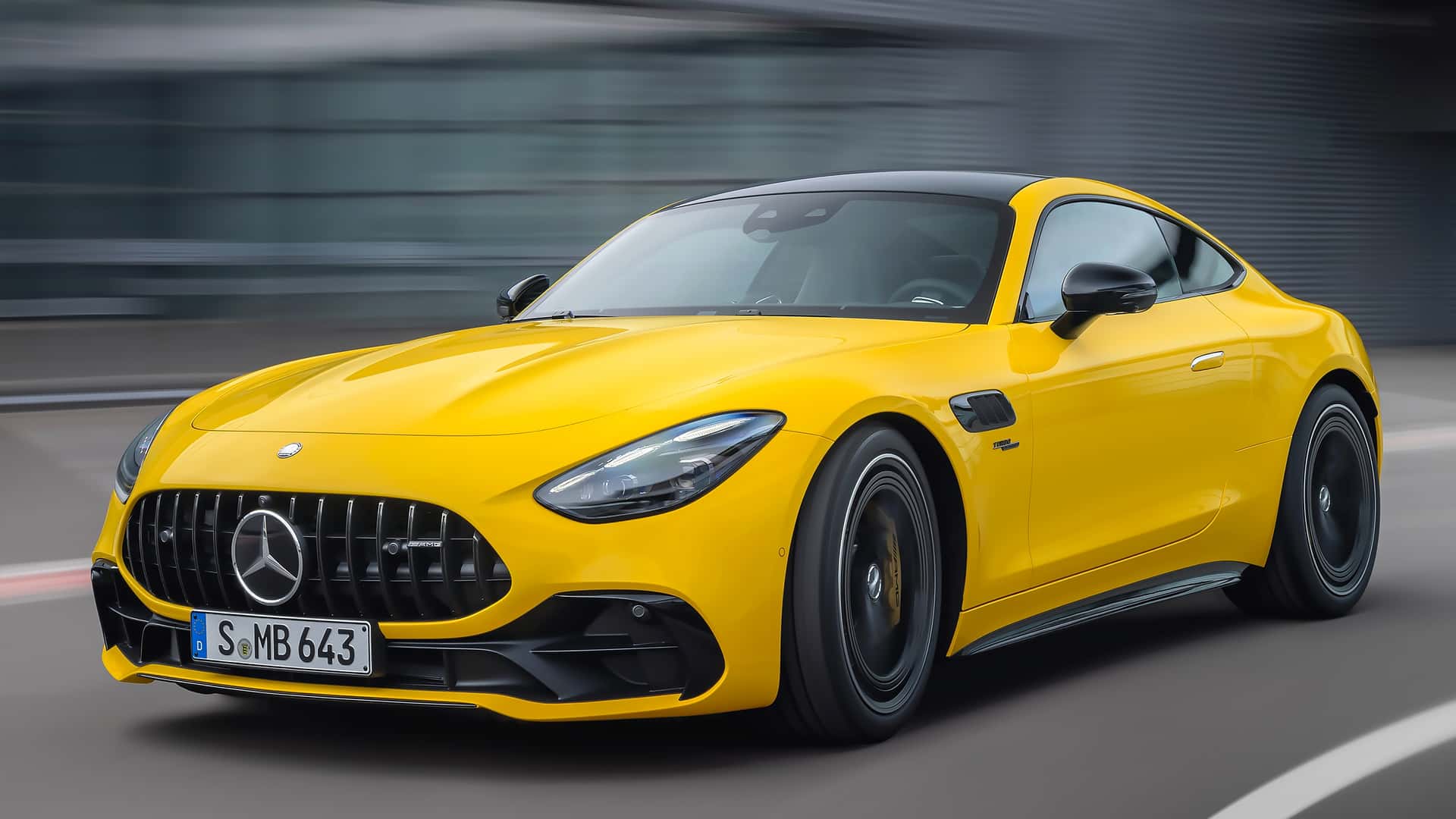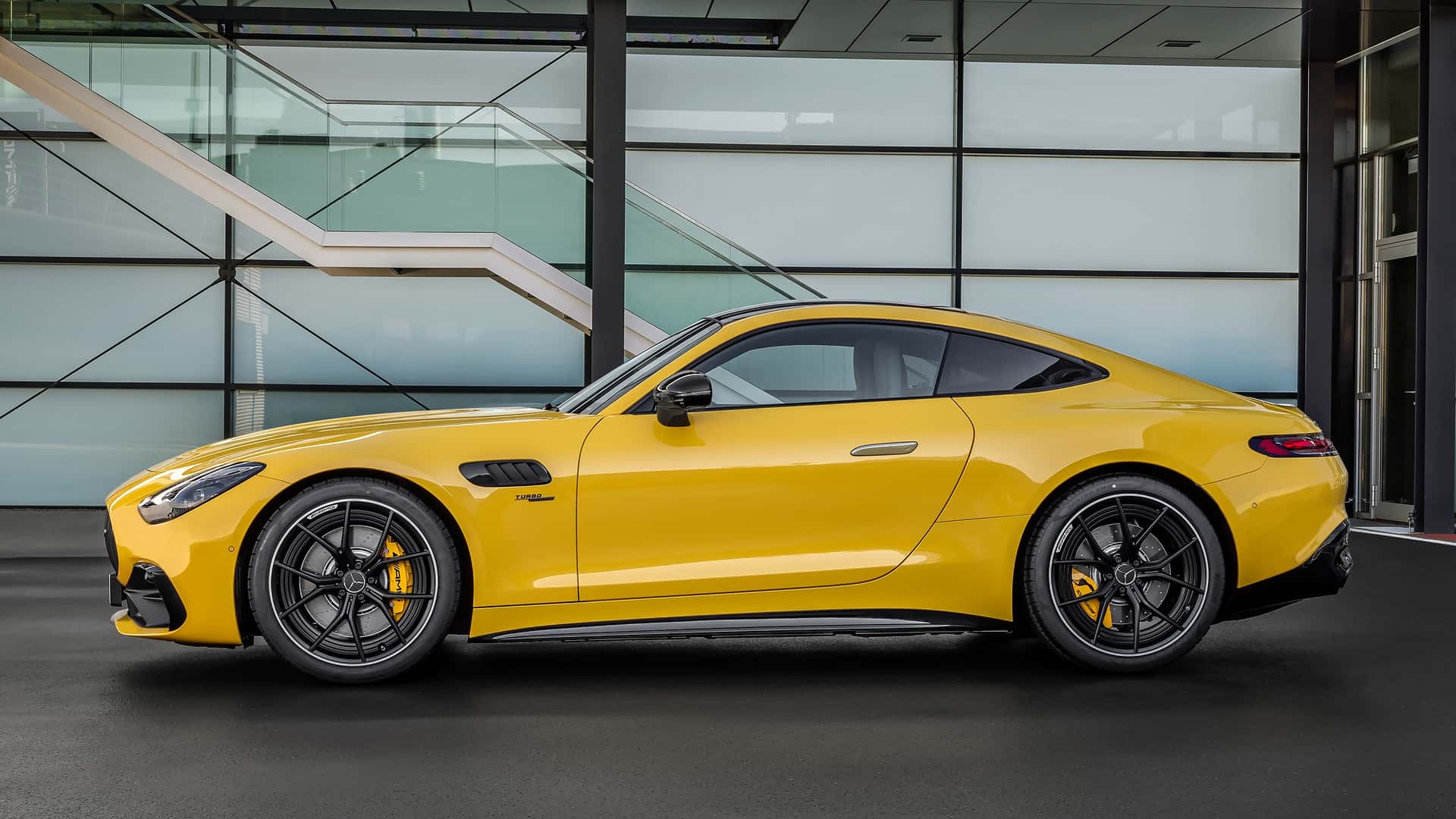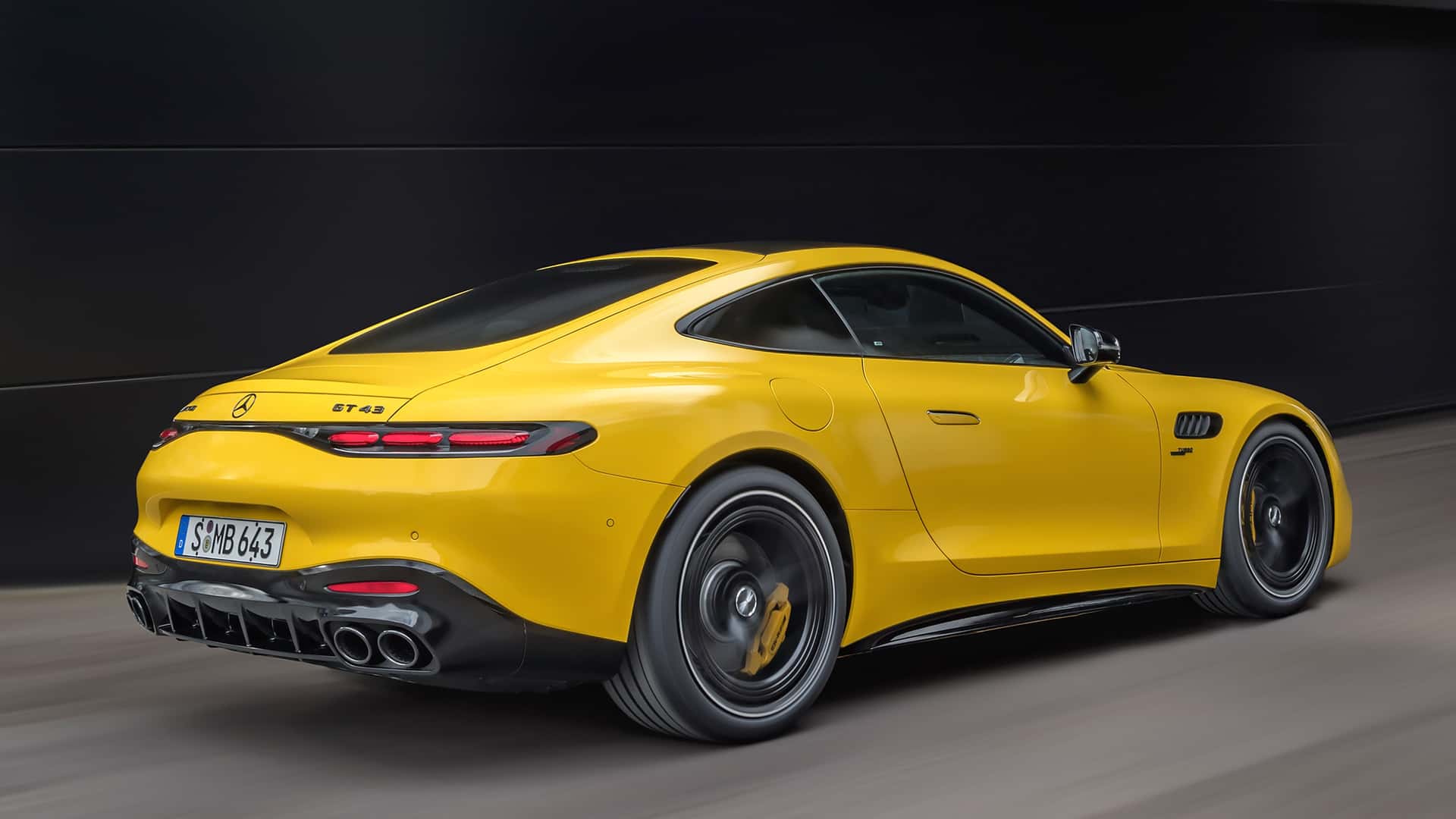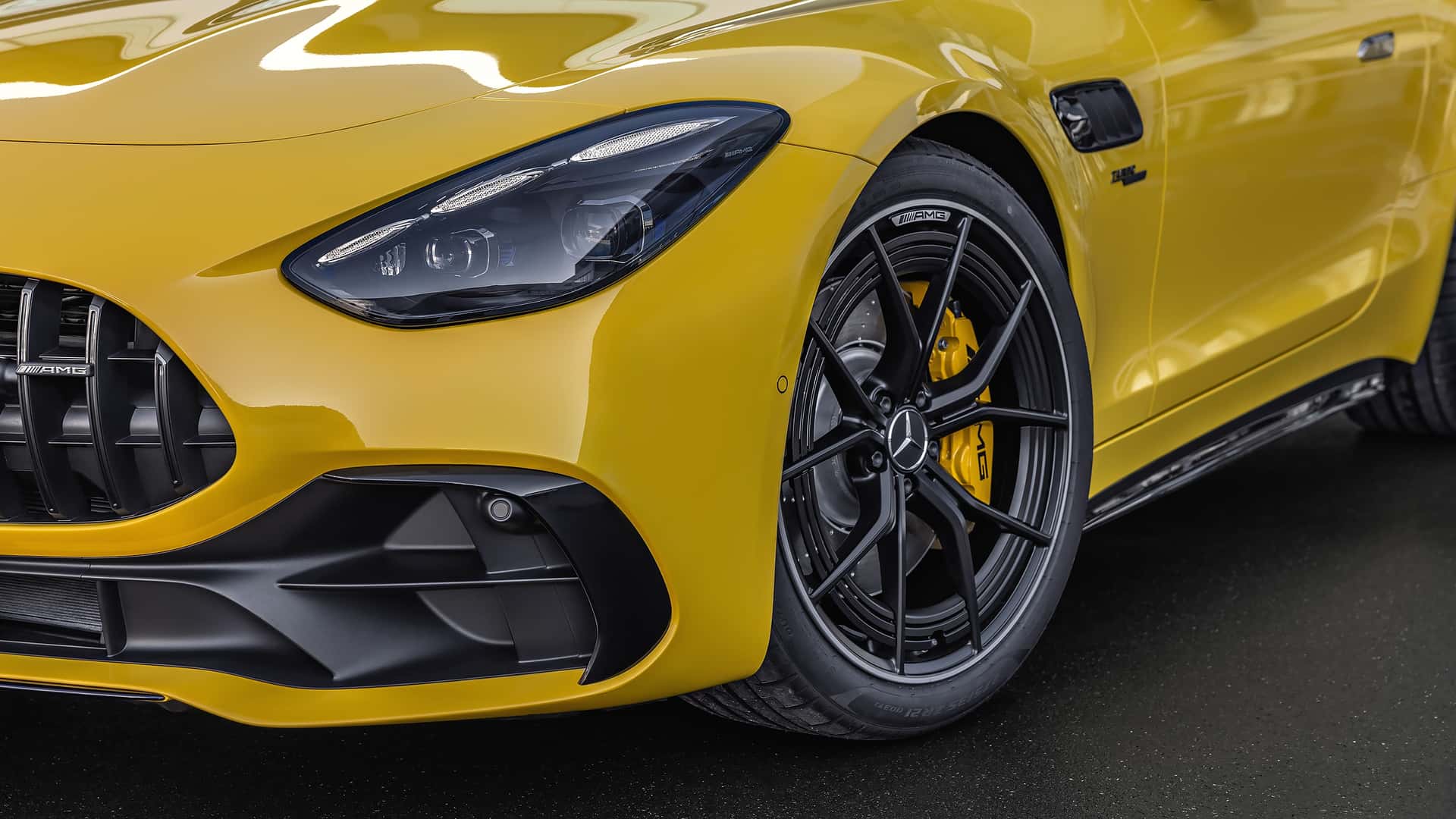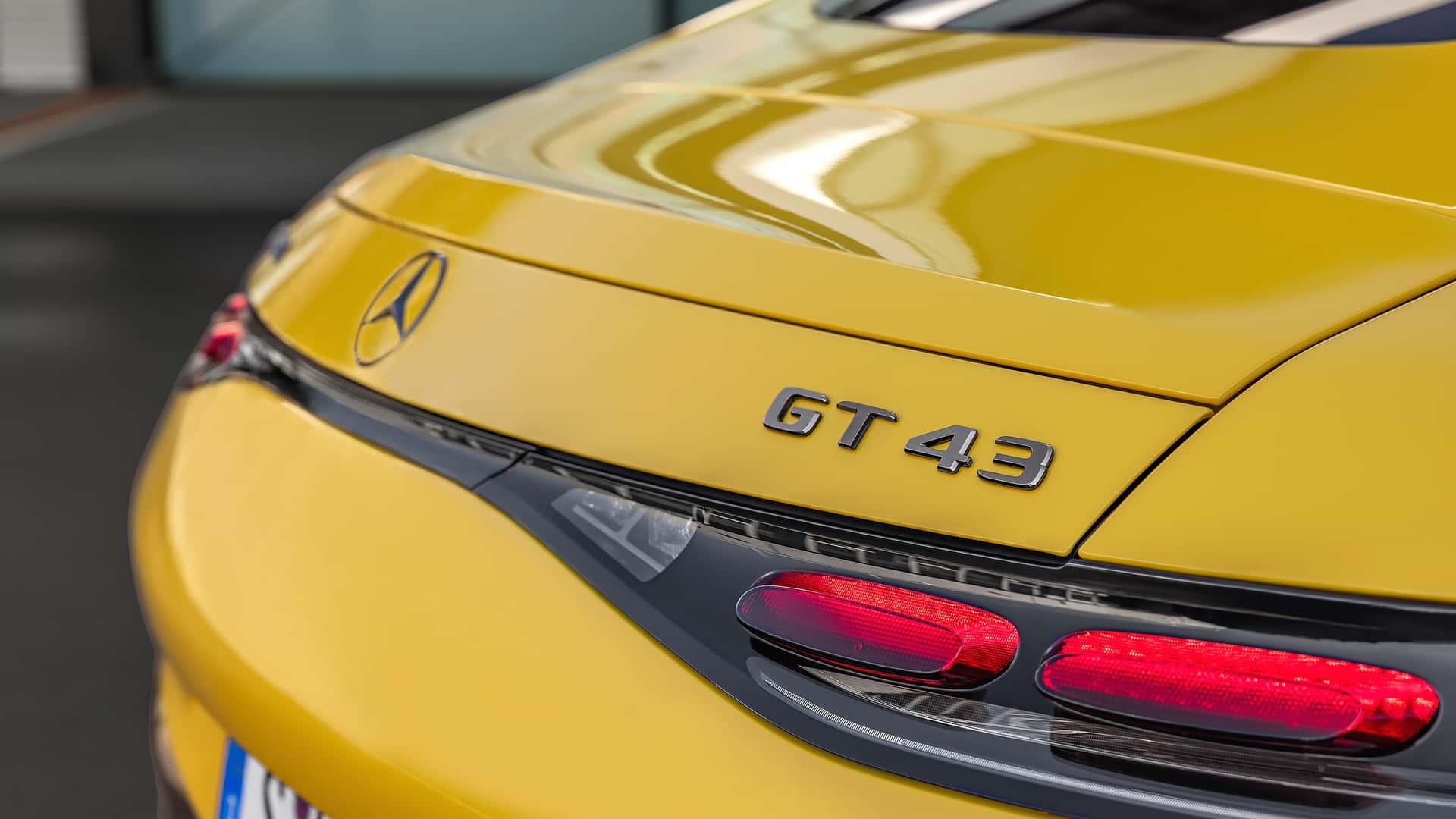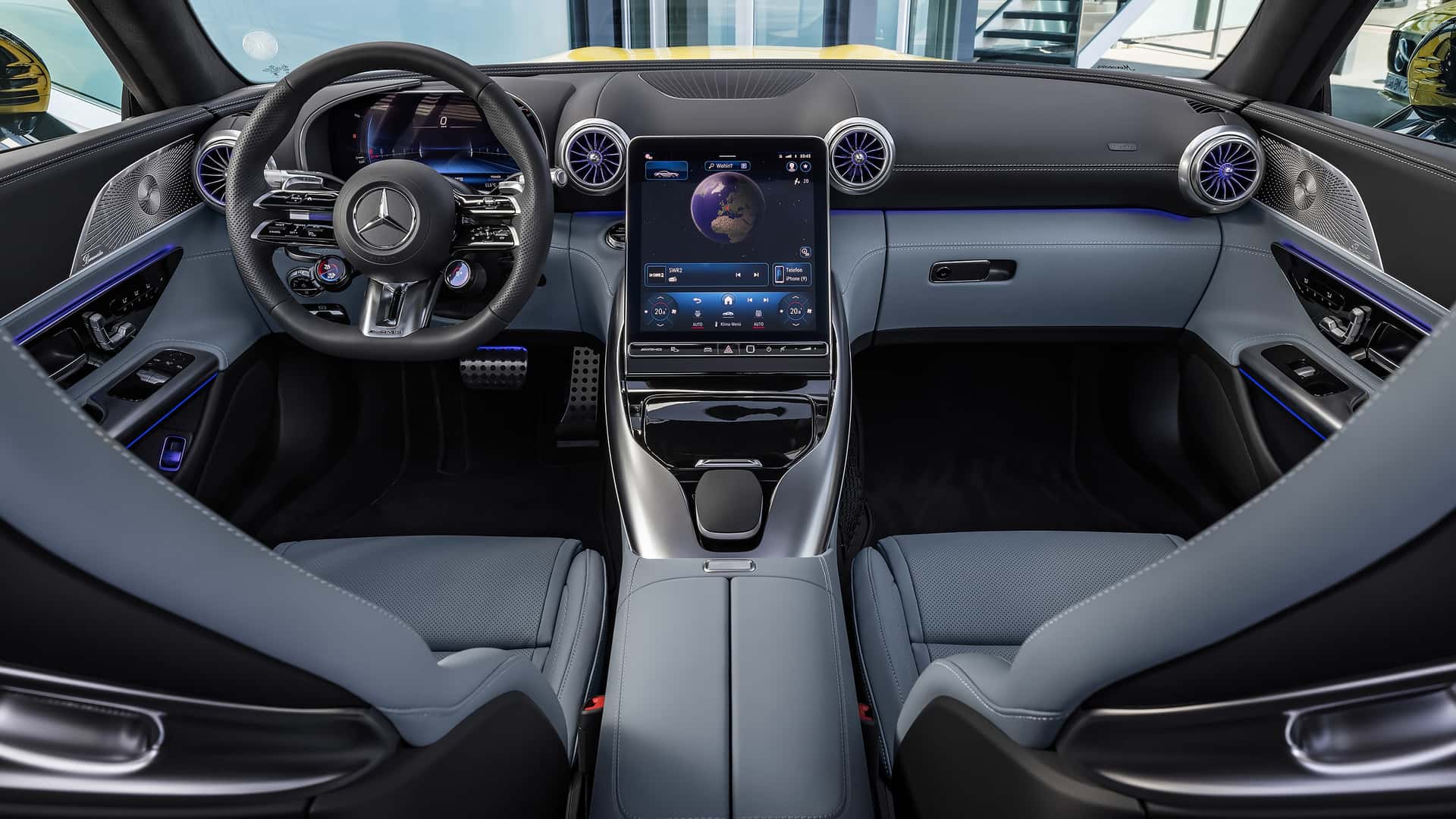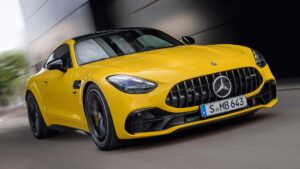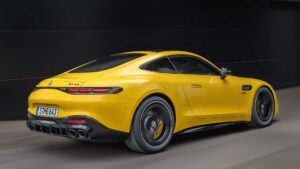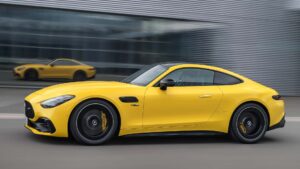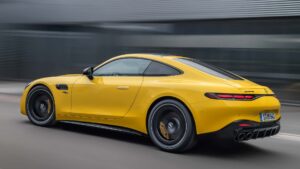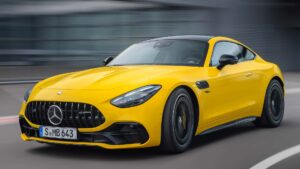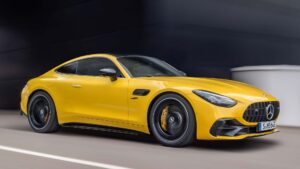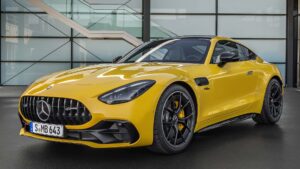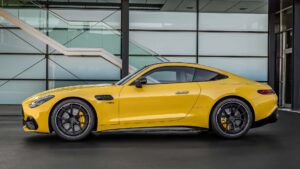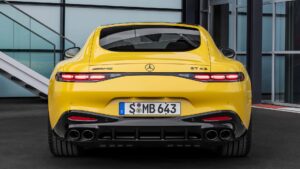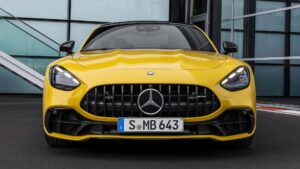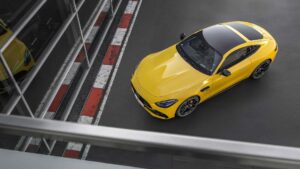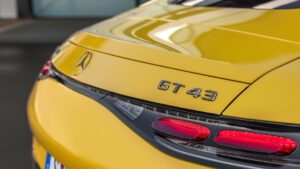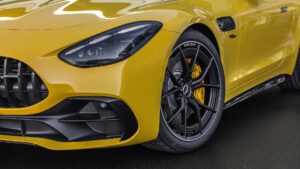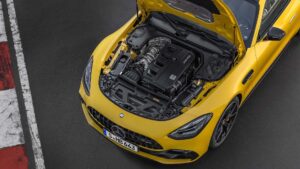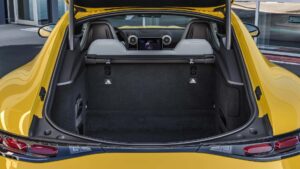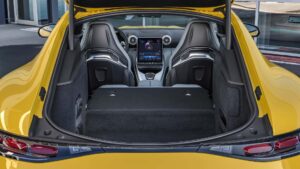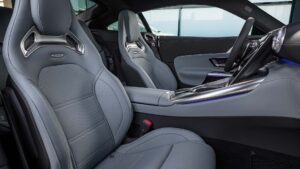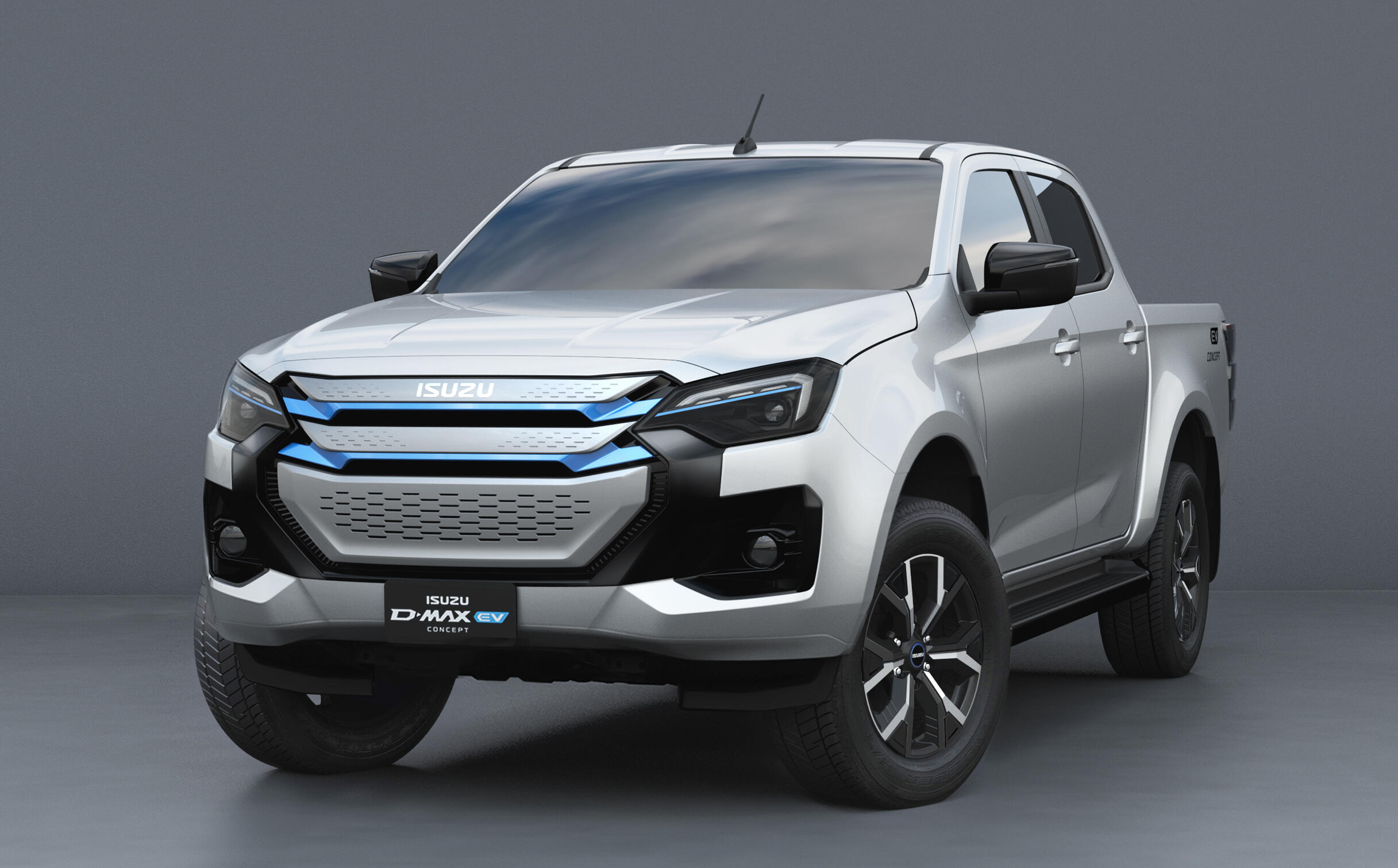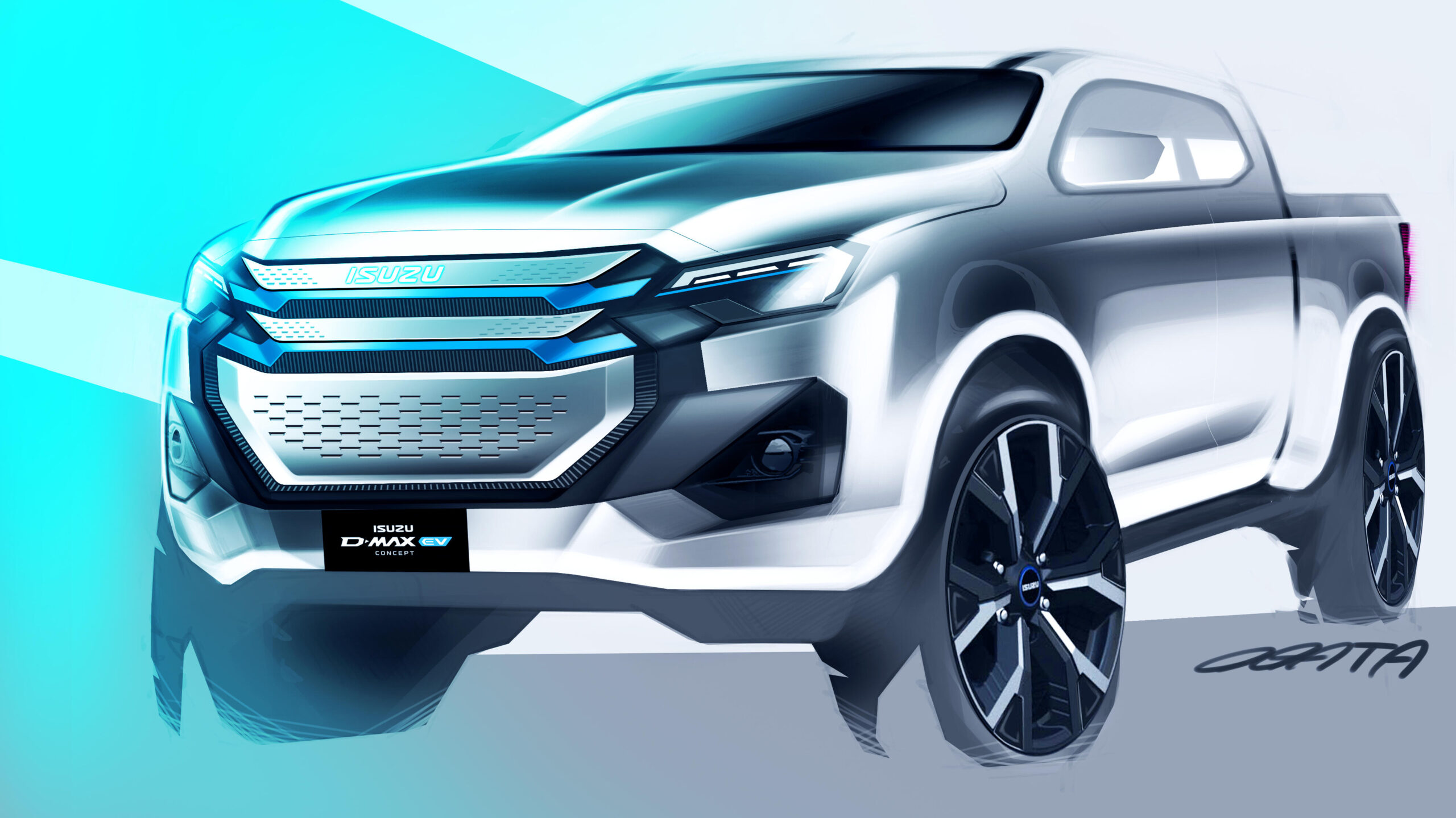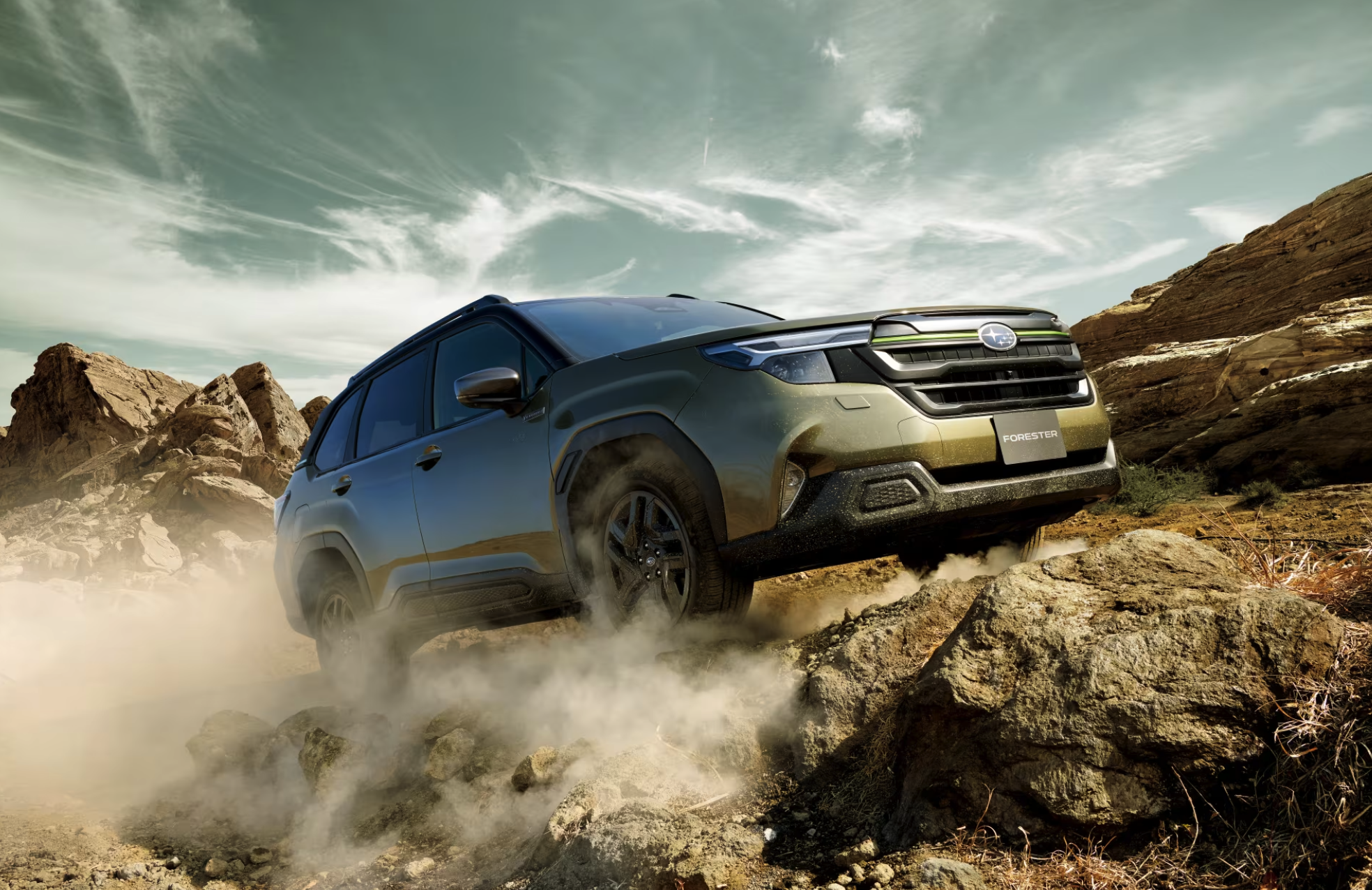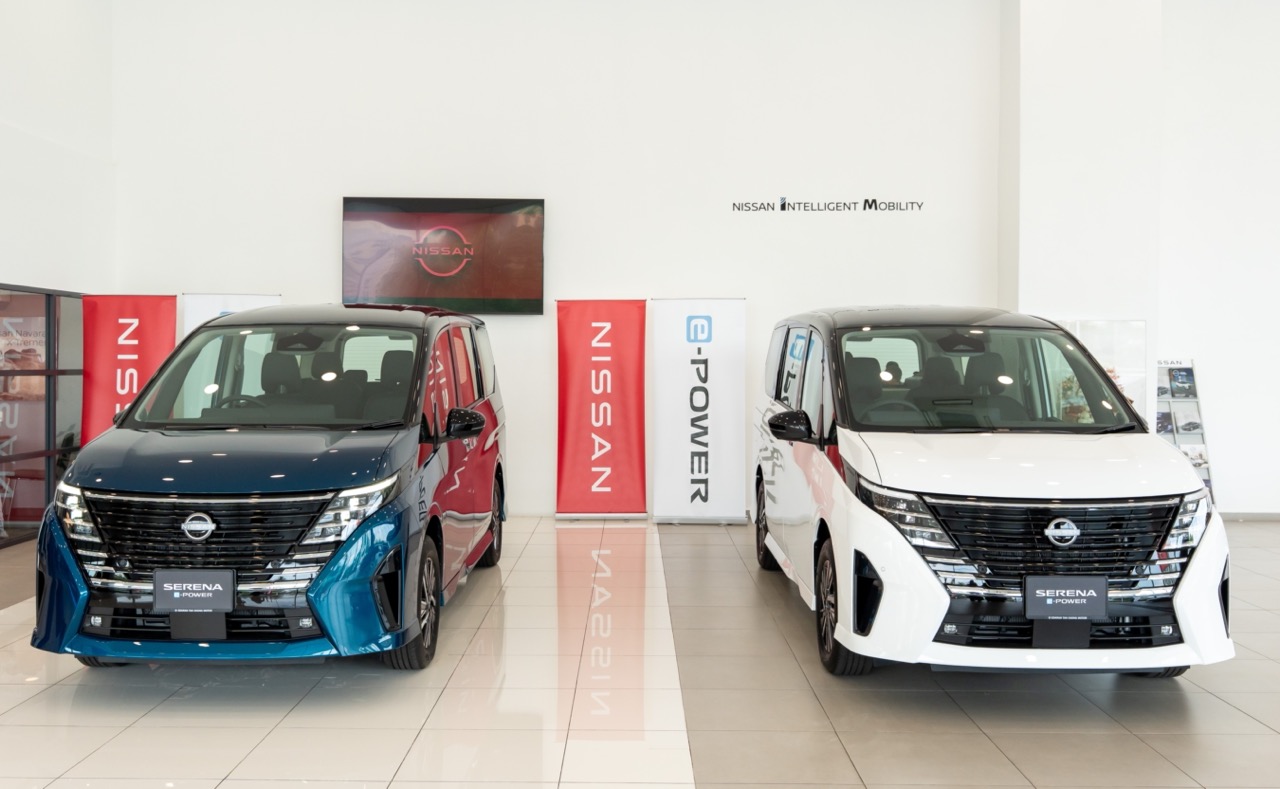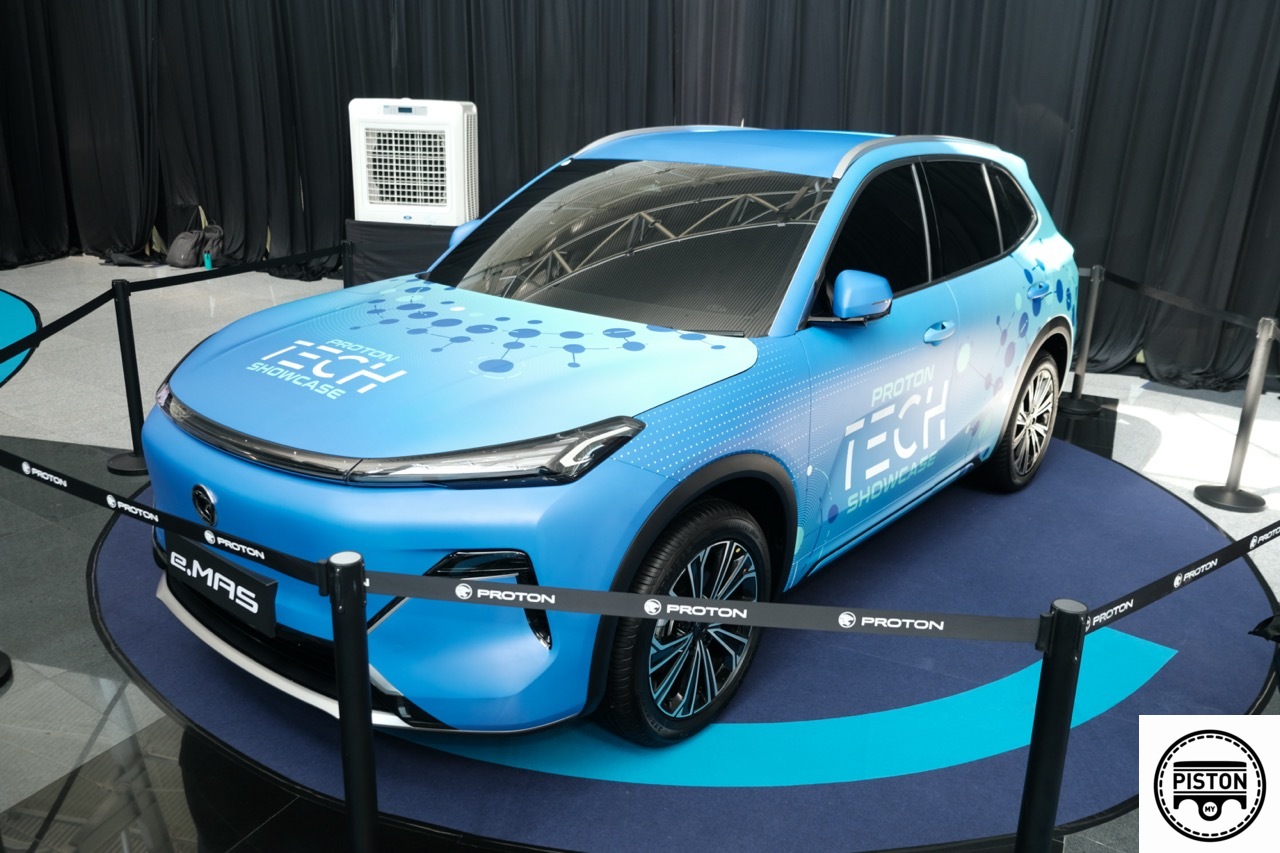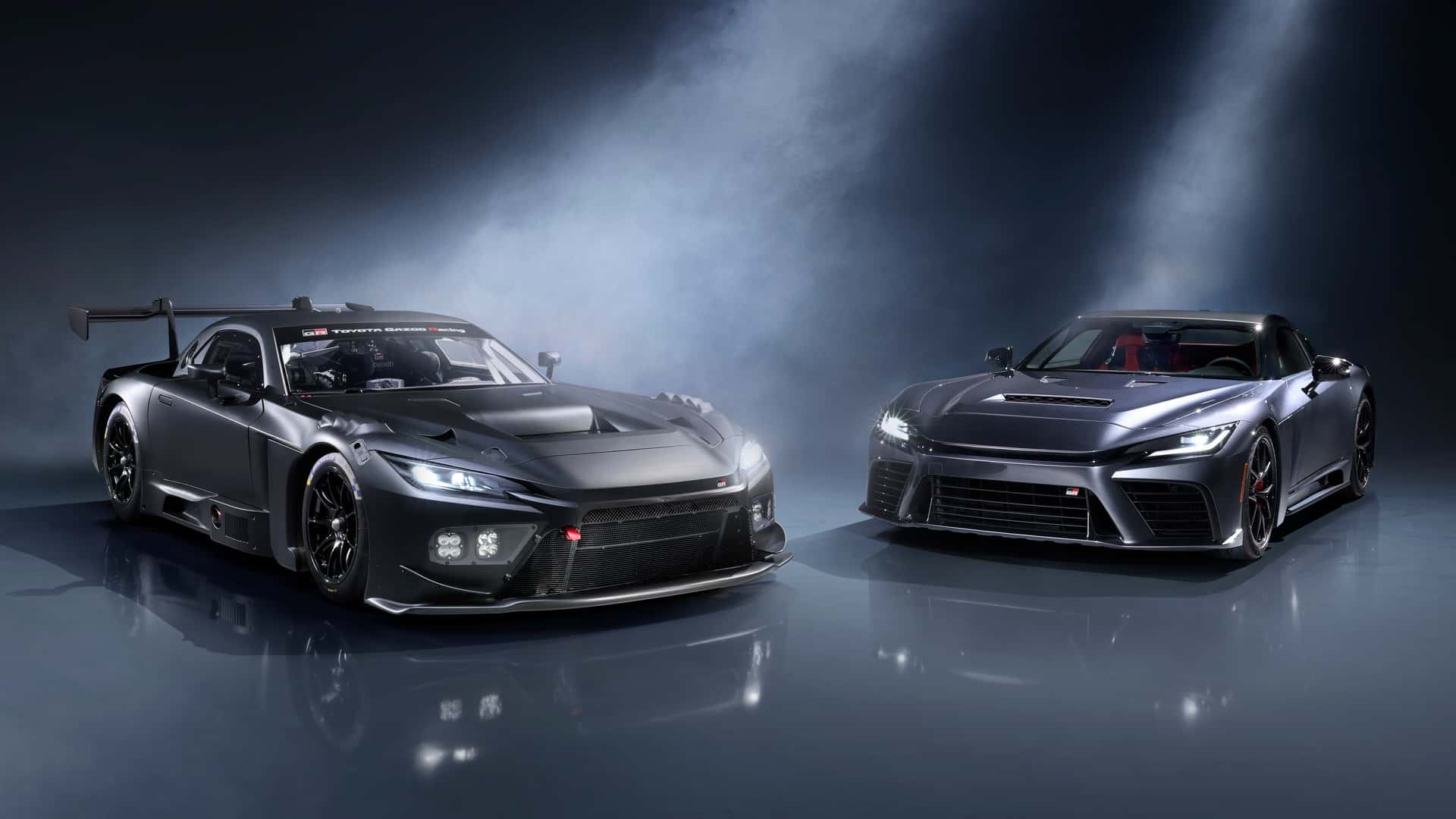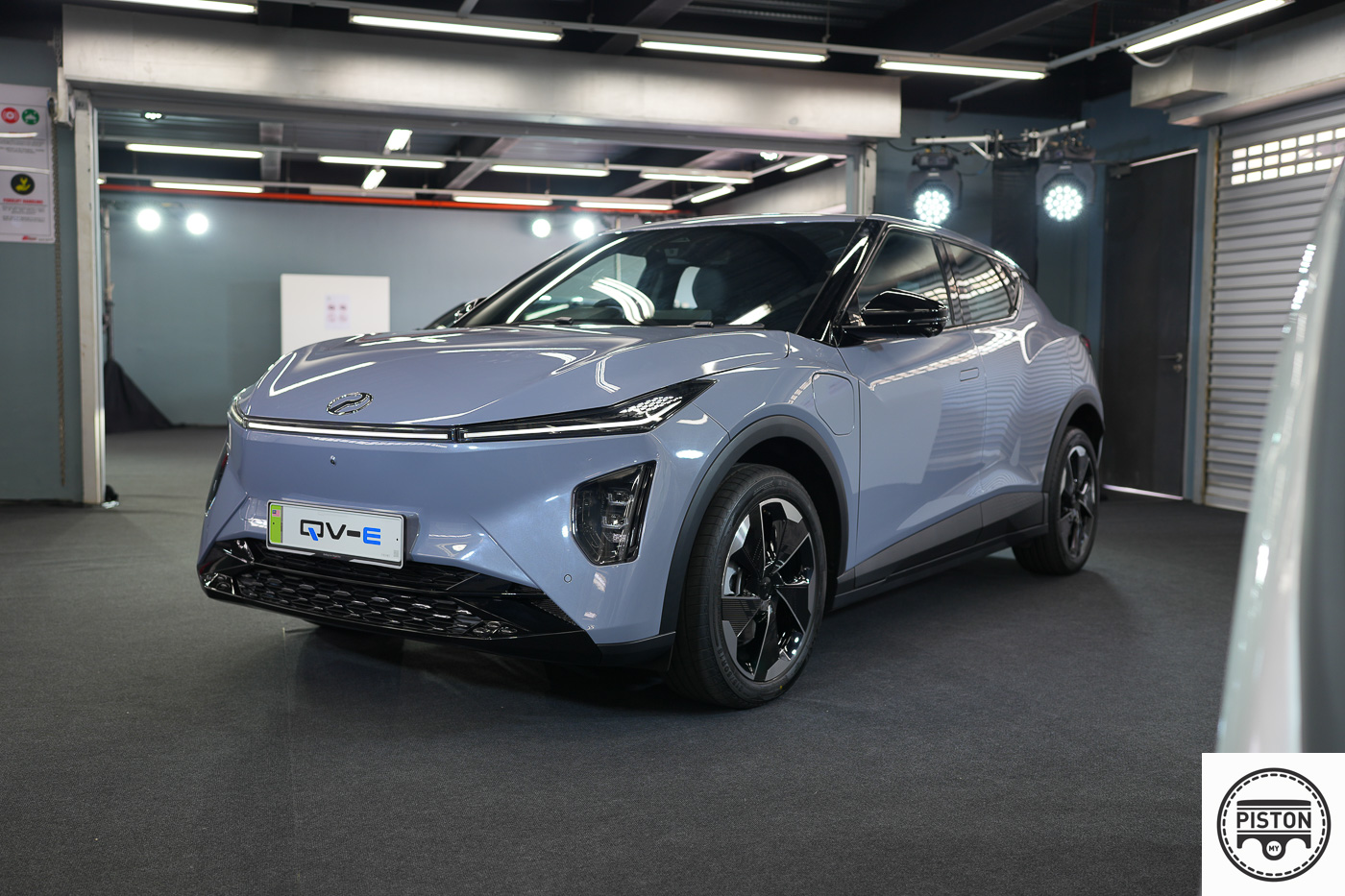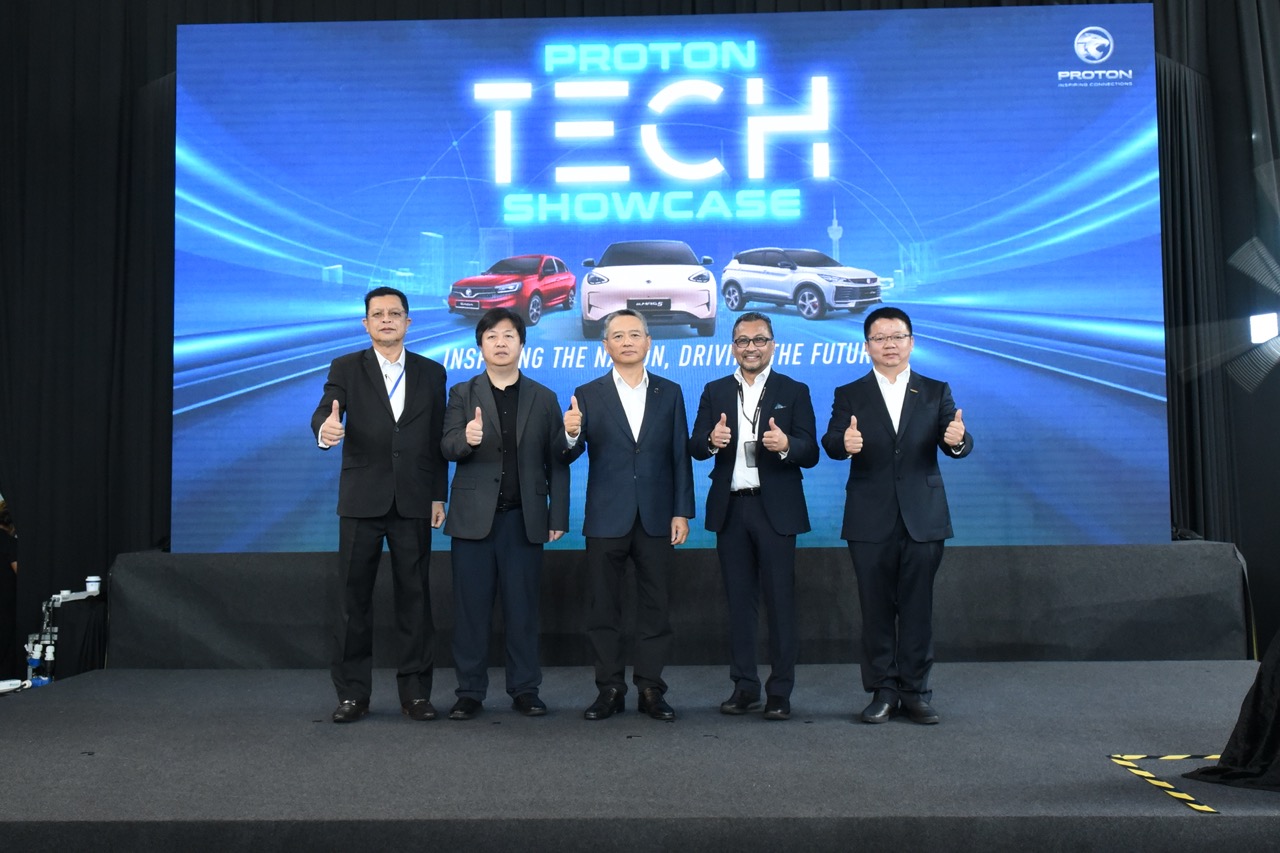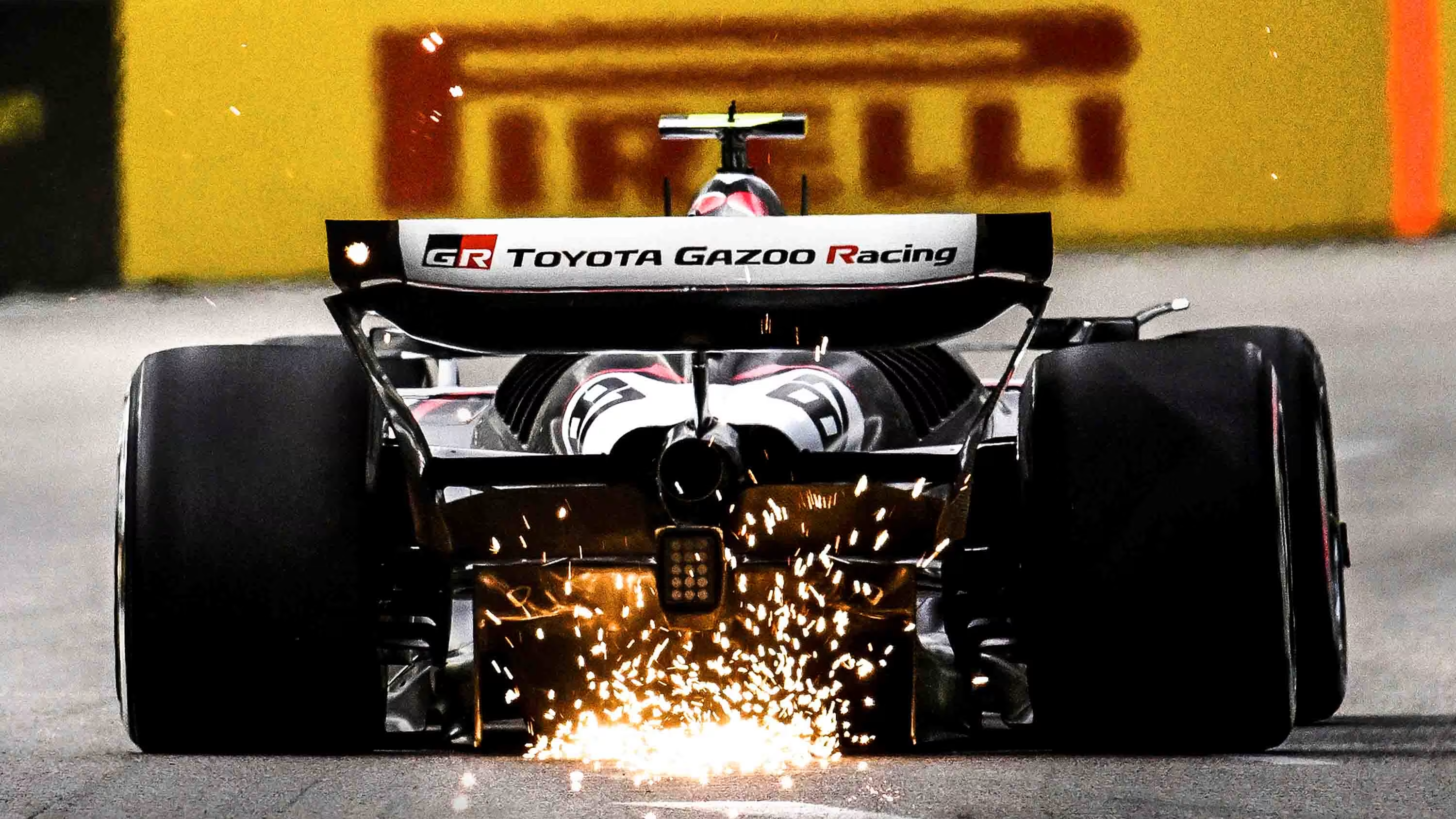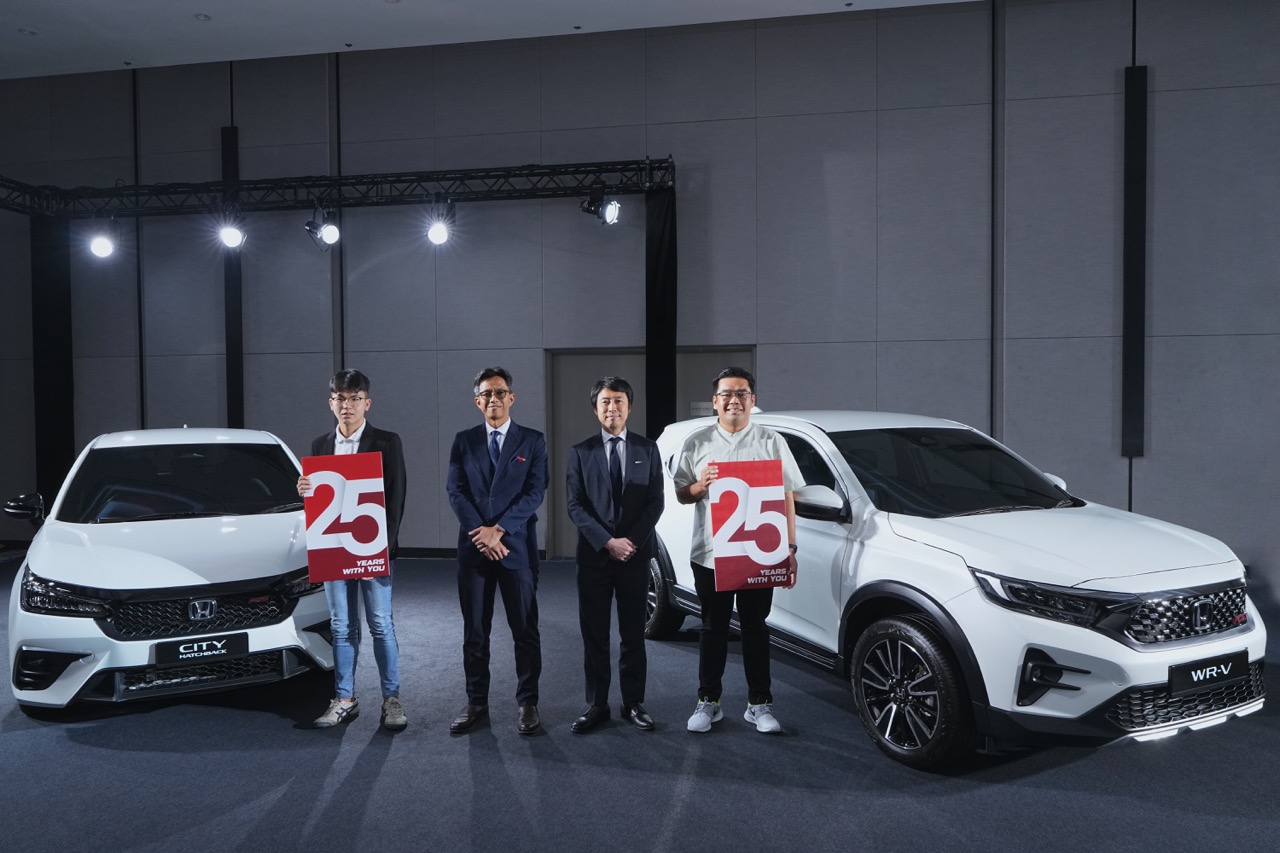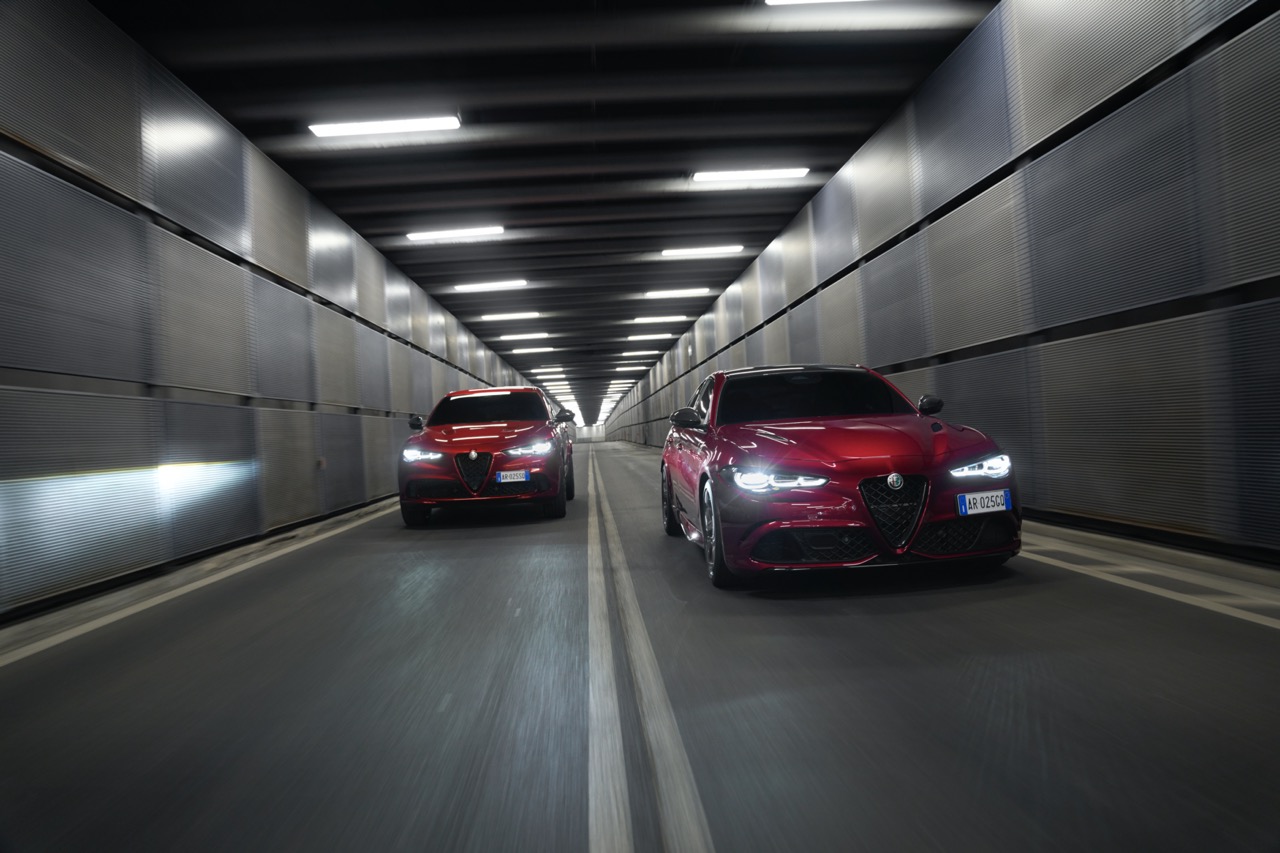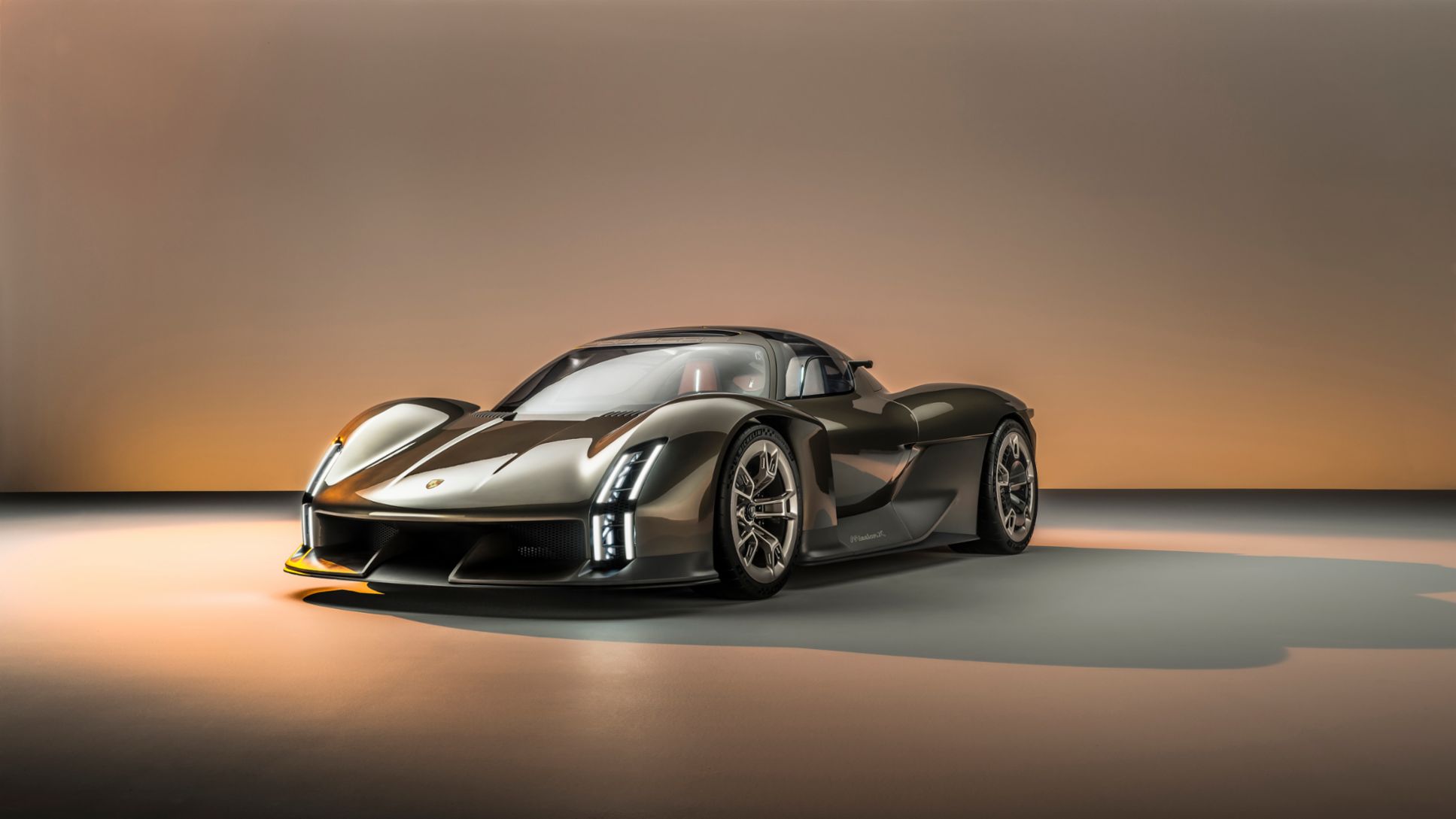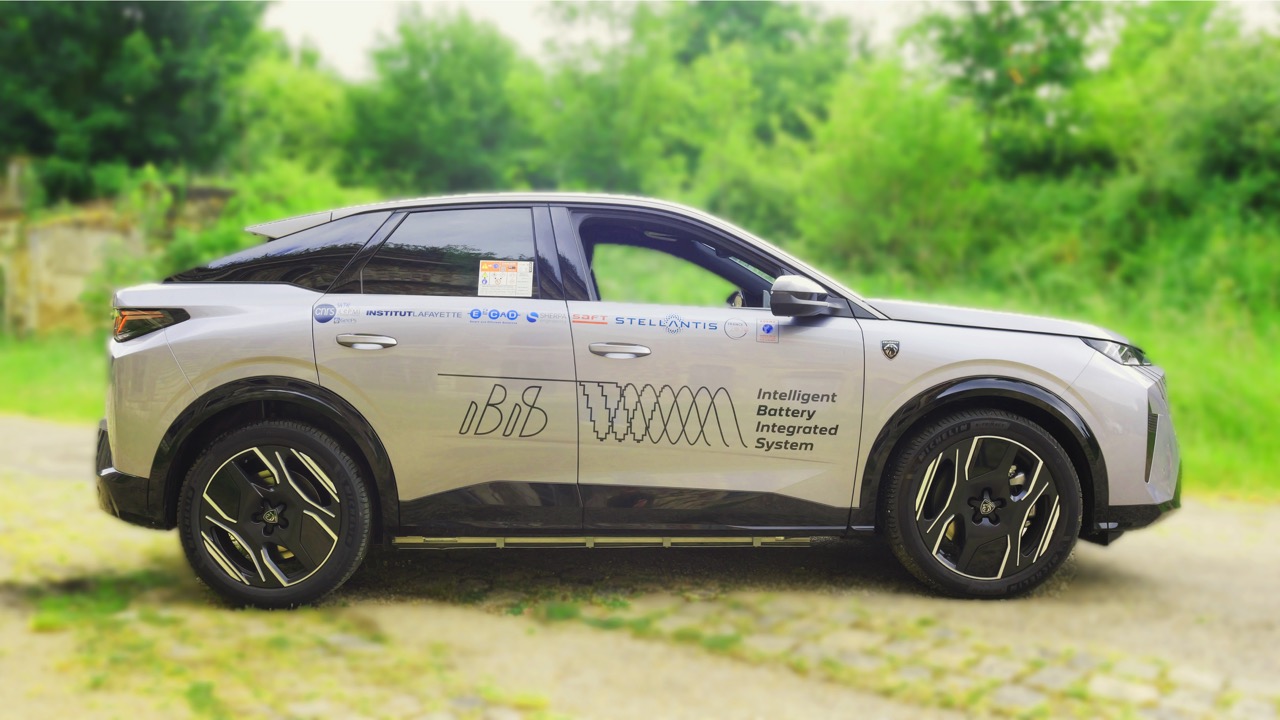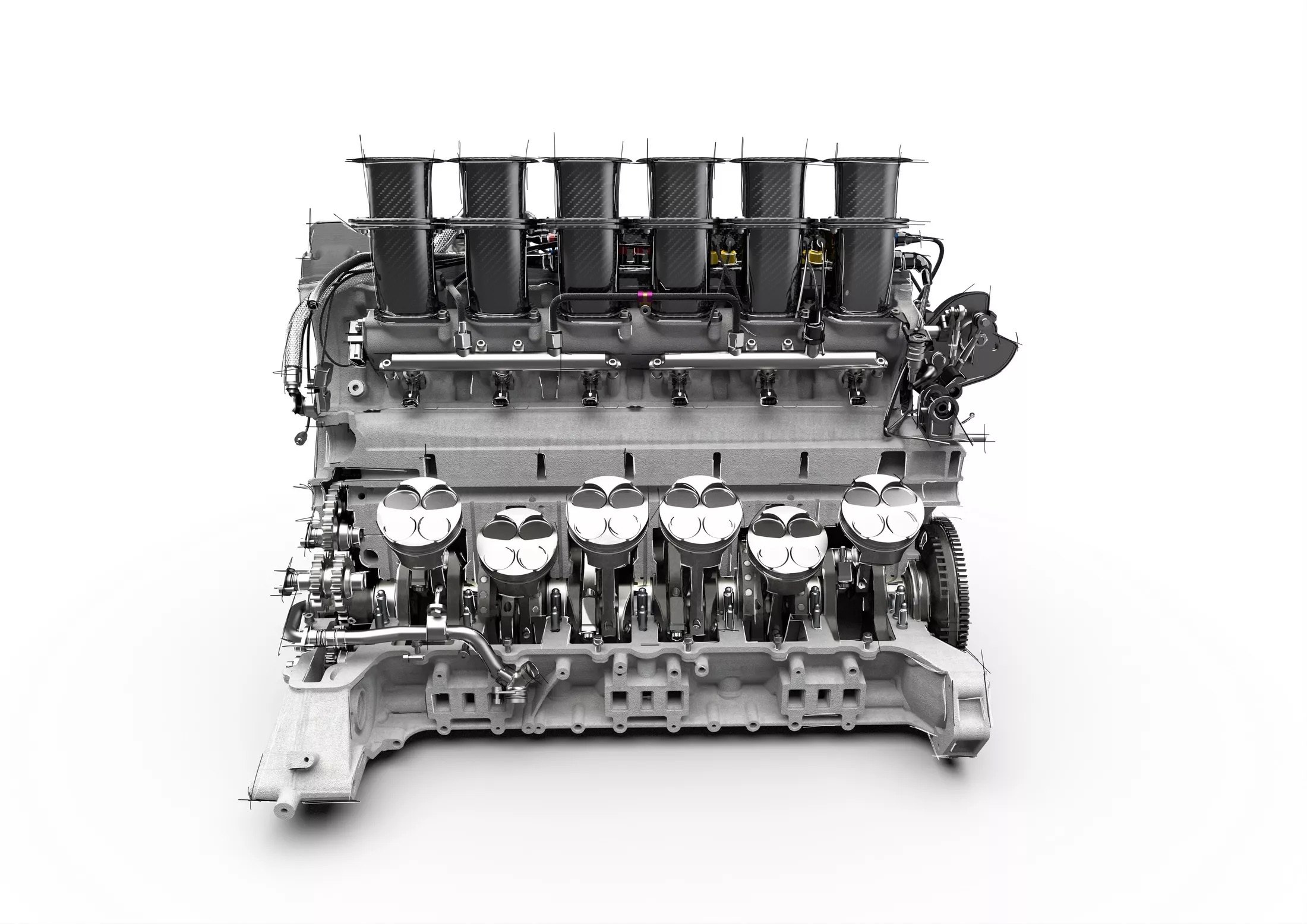The Peugeot 5008, the latest entrant into Europe’s thriving SUV segment, epitomises versatility and innovation, catering to a diverse range of consumer preferences. Offering an array of powertrain options, including fully electric, plug-in hybrid, and mild-hybrid variants, this third-generation model from the esteemed French marque, part of Stellantis, is primed to meet the evolving needs of modern families.
Enlarged from its predecessor and built on the STLA Medium platform, the new Peugeot 5008 boasts impressive dimensions, standing at 4787.9mm in length, 1889.76mm in width, and 1689.1mm in height, with a generous wheelbase of 2898.14mm. Setting itself apart from competitors like the Tesla Model Y, it distinguishes itself by offering a third row of seats, making it an ideal choice for larger families.
Despite the accommodation of seven passengers potentially limiting cargo space, the Peugeot 5008 manages to offer a commendable 257 litres with all seats in use, expanding to 747 litres in the five-seat configuration and a substantial 1812 litres with the second row folded, ensuring ample storage capacity for various needs.
Retaining its boxy shape to optimise interior roominess, the Peugeot 5008 draws design inspiration from its smaller sibling, the E-3008, showcasing a prominent 21-inch display atop the dashboard and 10 customisable touch controls for seamless access to essential functions, blending convenience with sophistication.
Under the hood, the entry-level variant boasts a turbocharged 1.2-litre petrol engine with 48V technology, delivering 136hp to the front wheels via a six-speed dual-clutch automatic transmission. For those craving more power, the plug-in hybrid option combines a 150hp combustion engine with a 123hp electric motor, resulting in a total output of 195hp and an impressive electric range exceeding 80km.
For environmentally-conscious drivers, the fully electric E-5008 offers multiple configurations, with single-motor, front-wheel-drive models delivering 210 or 228hp, accompanied by instant torque of 344Nm. Opting for the dual-motor, all-wheel-drive variant elevates the combined output to 318hp, ensuring exhilarating performance without compromising on sustainability.
Equipped with either a 73.0-kilowatt-hour or 98.0-kWh battery, the Peugeot 5008 guarantees ample range, spanning from 500 to 659km, depending on the chosen configuration. Moreover, the batteries come with an eight-year or 160,934km warranty, with charging options ranging from the standard 11-kW charger to optional upgrades for a 22-kilowatt charger, with DC charging capabilities supporting up to 160kW for rapid replenishment.
With its harmonious blend of versatility, performance, and eco-friendliness, the Peugeot 5008 emerges as a formidable contender in Europe’s fiercely competitive SUV market, offering families a compelling choice for their transportation needs in an era increasingly dominated by electrified automotive solutions.

